© ROOT-NATION.com - Use of content is permitted with a backlink.
I was a fan of Xiaomi/Redmi mid-rangers in their glory years, and then, perhaps, I just grew up. And the company itself went in pursuit of quantity rather than quality, and every year it got worse and worse. Xiaomi 13 Pro is not some kind of mid-ranger, but a full-fledged flagship device. However, in 2023, I have absolutely no faith in the top solutions of the Chinese tech giant. Especially if they are at the price of this year’s Samsung flagships.

Specifications of Xiaomi 13 Pro
- Display: 6.73″ LTPO AMOLED, 3200×1440, 20:9 aspect ratio, 120Hz refresh rate, HDR10+, Corning Gorilla Glass Victus
- Processor: Qualcomm Snapdragon 8 gen 2 (1×3.2 GHz, X3+4×2.8 GHz, A71+3×2.0 GHz, A51)
- Video card: Adreno 740
- Memory: 8/128 GB UFS 3.1 or 12/256, 12/512 GB UFS 4.0
- Battery: 4820 mAh, 120W fast charging, 50W wireless charging, 10W reverse charging
- Rear camera: 50MP main camera, f/1.9, OIS; 50MP ultra-wide-angle module, f/2.2; telephoto lens: 50 megapixels, f/2.0, 3.2x optical zoom
- Front camera: 32 megapixels, f/2.0
- Data transfer: GSM/CDMA/HSPA/CDMA2000/CDMA2000/LTE/5G, NFC, Wi-Fi 802.11 a/b/g/n/ac/6e, dual-band, Wi-Fi Direct, Bluetooth 5.3, A2DP, LE, GPS, GLONASS, BDS, GALILEO, QZSS, Navic
- Operating system: Android 13, MIUI 14
- Dimensions and weight: 162.9 × 74.6 × 8.4 mm or 8.7 mm; 210 g or 229 g
The equipment is standard, but still rich
I don’t know why in 2023 (yes, I will use this phrase a lot in this review) reviewers even admire the package, if it consists of anything at all, except a USB cable. In the box with Xiaomi 13 Pro, we find classically (I’ll start with the most necessary for me) documentation, a needle for a SIM card slot, USB Type A to C, a charger for a solid 120 W and a case.
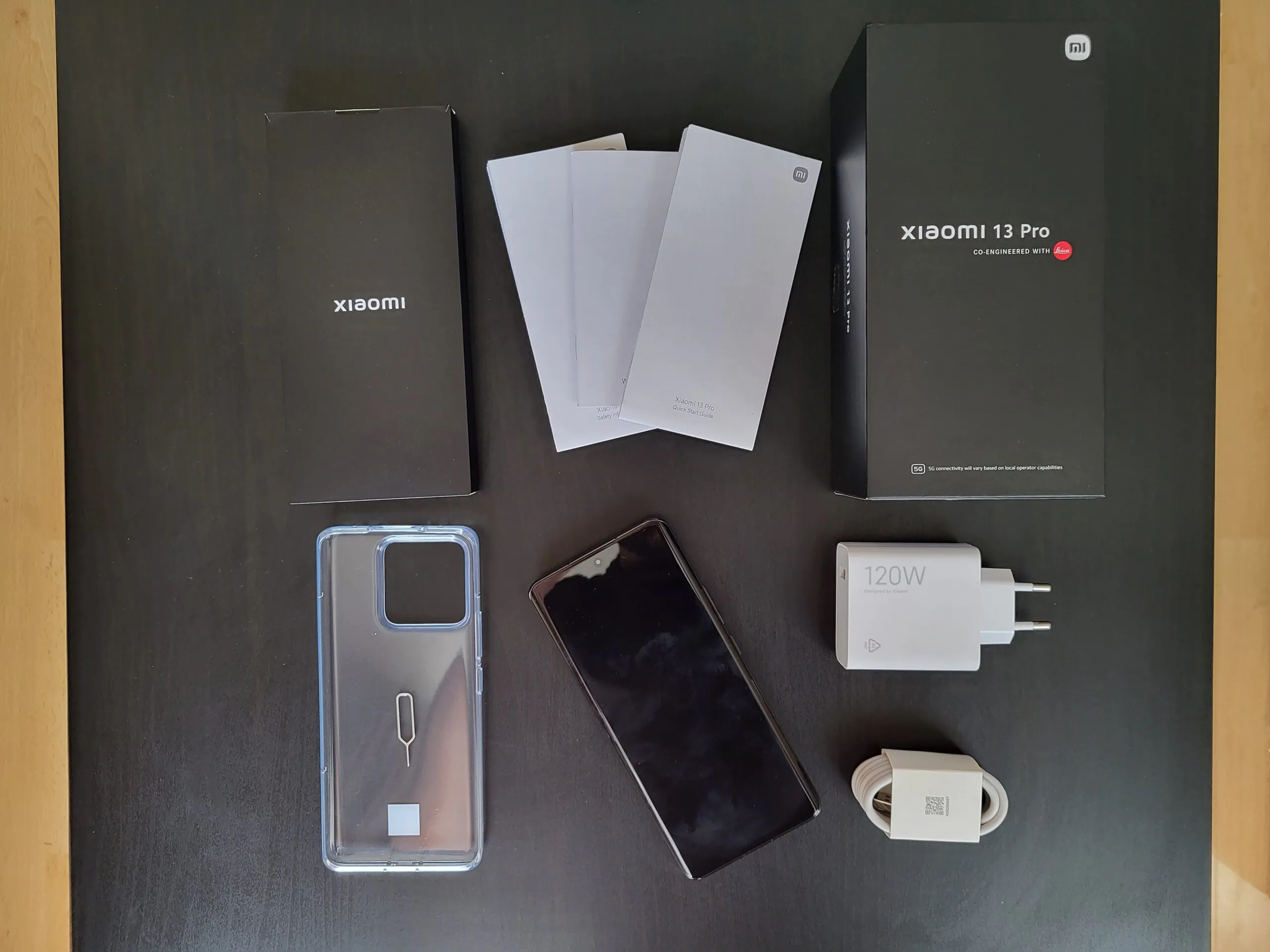
That’s why I don’t understand who can be bribed with something like this – we all have a lot of USB cables at home, charging adapters are also not scarce, and 120W is, in my opinion, an exaggeration (I’ll come back to this), while the case may not be as good as it seems at first glance (usually it is), and not everyone likes transparency. In the end, we get carried away with things that shouldn’t really affect our perception of the product.
Read also: Xiaomi 13 smartphone review: almost perfect
A few words about positioning in the series
First, the world saw the younger model, the Xiaomi 13, and it was quite positively received by both reviewers and ordinary users. Only later did we have the opportunity to see, touch, and possibly buy the Xiaomi 13 Pro. They don’t differ too much from each other, the newer version has a slightly larger battery, faster charging, a slightly different design, slightly different cameras, and generally standard for this type of device.
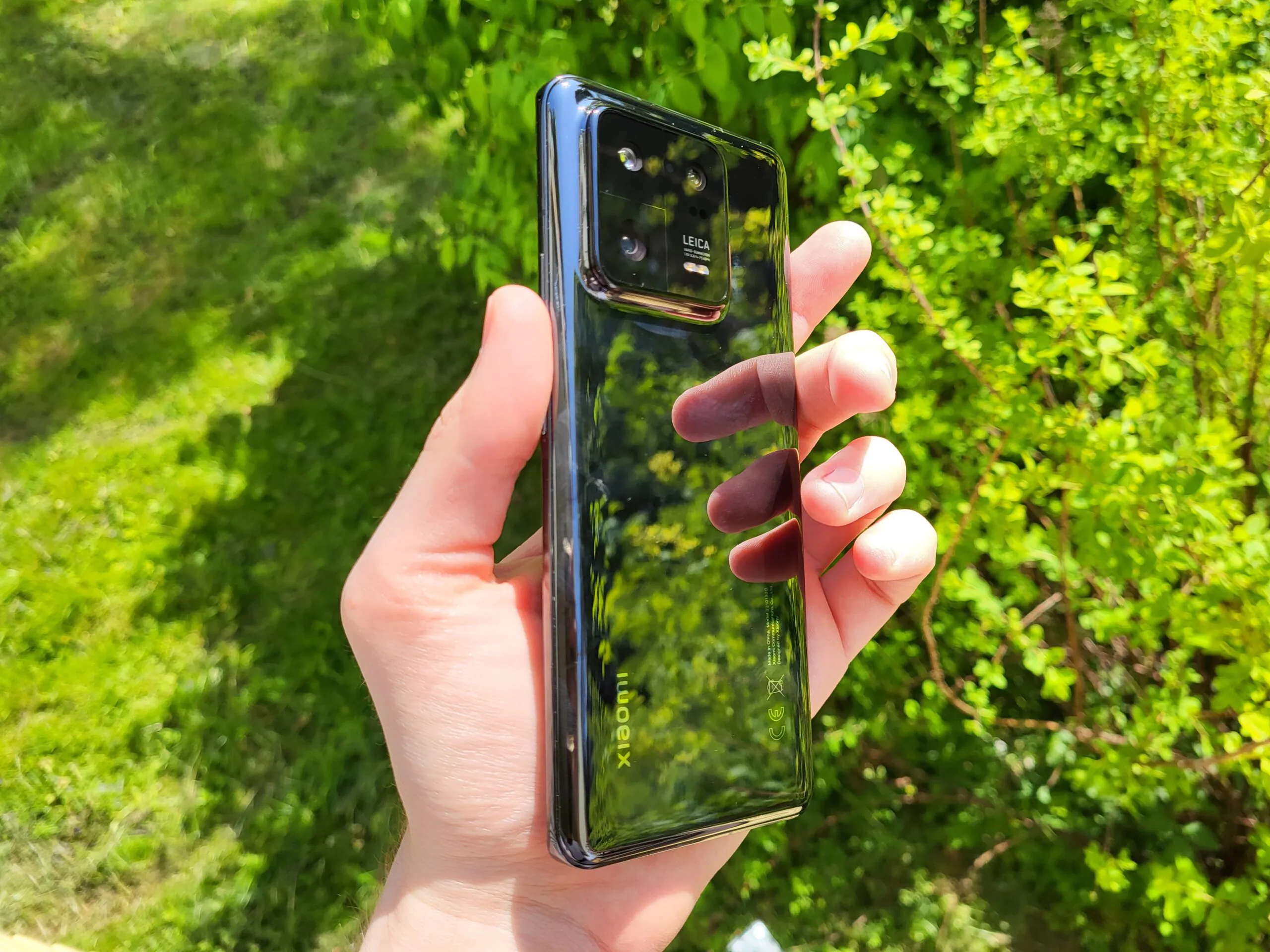
The price of Xiaomi 13 Pro, on the other hand, came as a surprise compared to the younger version and the market situation. About $1350 is at the level of the Samsung Galaxy S23 series, which offers users much more. AliExpress, of course, is cheaper, but without any guarantees.
In general, I have the impression that both Xiaomi 13 and 13 Pro were supposed to be a kind of gasket, devices that would briefly entertain consumers and reviewers while waiting for the revolutionary (probably revolutionary) Xiaomi 13 Ultra. However, the Chinese tech giant’s hand slipped a bit and stuck too high a price on the latest Xiaomi models. Well, let’s see what happens.
Design and appearance
Xiaomi 13 Pro doesn’t look like a giant, with a screen diagonal of 6.73″. What catches the eye is, in my humble opinion, the camera island, which is tastelessly made. Even in photos, renders and in store windows, it seemed huge and gave the impression that there would be problems with it.
When I picked up the Xiaomi 13 Pro, I immediately realised that I was right. It’s heavy, and the centre of gravity is at the top of the device, where the cameras are located, which is why the smartphone tends to slip out of your hands and fall to the floor with a dull thud. In addition, because of this island of cameras, the phone does not lie flat on the table, and in this case it is asking for another scratch. In summary, I didn’t like the design of the cameras either in terms of appearance or use.

As for the case as a whole, there are two colour options – Ceramic Black and Ceramic White. I received the first one. The materials are ceramic (yes, the colours are called that way for a reason) or bioceramic, as some sources claim, and the bezels are aluminium. Many people complain that the black version rubs their fingers very much. I specifically carried Xiaomi 13 Pro without a case and somehow did not notice this, so I advise those who complain to wash their hands more often.

Everything is rounded, and the display – Corning Gorilla Glass Victus – has the shape of a waterfall. At the same time, I would say that it is ergonomically better to work on flat screens. On the other hand, visually, the display bezels are almost identical, so it looks quite aesthetically pleasing.
 On the bottom, as you know, we have the USB-C input, speaker, microphone and SIM card tray, on the top we have the microphones and infrared sensor, and on the right we have the volume rocker and power button. And all this complies with the IP68 standard, so there is no need to worry about water and dust. In my opinion, everything is neatly arranged and does not cause any inconvenience in use. Then again, those who like volume and power buttons on different sides can go make themselves a cup of tea, because they have nothing to do here.
On the bottom, as you know, we have the USB-C input, speaker, microphone and SIM card tray, on the top we have the microphones and infrared sensor, and on the right we have the volume rocker and power button. And all this complies with the IP68 standard, so there is no need to worry about water and dust. In my opinion, everything is neatly arranged and does not cause any inconvenience in use. Then again, those who like volume and power buttons on different sides can go make themselves a cup of tea, because they have nothing to do here.
Now let’s get back to the display itself. In addition to the parameters already mentioned, we add that it is an LTPO AMOLED with a resolution of 3200×1440 (20:9), a frequency of 1 to 120 Hz, Dolby Vision, HDR10+, 1200 nits brightness (1900 nits in sunlight) and a billion colours for display.
All of this suggests that we’re talking about a 2023 flagship-level screen, but I have to warn you that I’m not personally impressed with it. It’s good, that’s a fact, it’s pleasant to use, I have no complaints, but it also doesn’t have a wow effect. The colours are correct, the 120Hz display leaves no doubt about its smoothness, and the settings can be easily adjusted to suit your needs (see screenshots). So let’s go with the idea that everything is fine and there’s nothing to complain about, except that the display itself is rounded.
It is unlikely that anyone has forgotten that summer is always a lot of sunshine. Therefore, in the rays falling directly on the screen, it works like any display of this type. The interface is visible, we can read a message from our mother or a colleague, we can check the map, but we cannot, for example, appreciate the beauty of all the photos sent from a barbecue trip. In other words, the sun can shine on any screen, and the fact that you can see something clearly and distinctly on it should be considered an achievement and the manufacturer should be praised. After all, 1900 nits is good.
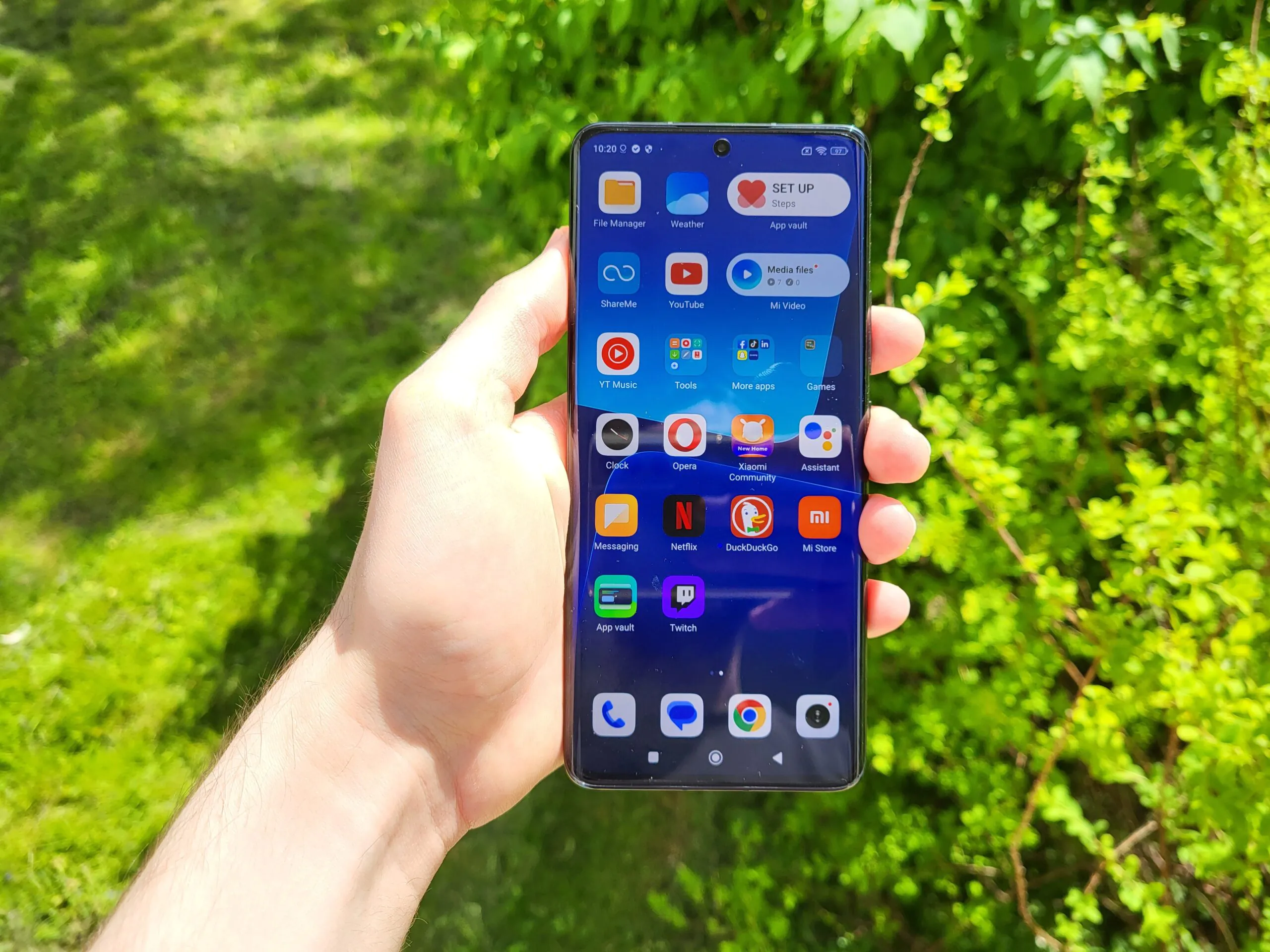
For dessert, a few words about biometrics. Xiaomi 13 Pro has an optical fingerprint scanner and, of course, a face unlock function. The latter works only with the front camera (this is not an iPhone), so for security reasons I would not recommend using it. As for the fingerprint scanner, it’s pretty fast, and I had no problems with recognition when the screen is turned off.
Read also: Xiaomi 13 Lite review: diminutive might
Processor and performance – stability without surprises
In the case of Xiaomi 13 Pro, we are dealing with the top-end Qualcomm Snapdragon 8 gen 2 (1×3.2 GHz, X3+4×2.8 GHz, A71+3×2.0 GHz, A51). Storage capacity: 8 GB + 128 GB, 12 GB + 256/512 GB. There is no SD card slot, but it is possible to add some RAM via software, but this is rather a useless feature for a device of this class. Is this enough on paper to close all discussions and dispel all doubts? Of course it is..
What is the reality? Below you will see screenshots of rather high benchmarks (it’s 2023, and many people are still praying for synthetic tests). And while we are talking about this type of testing, I would also like to check out trotting. On the Internet, you can find records where a message about overheating pops up when using the CPU Throttling Test program, and, of course, the results of the test itself are not very comforting. In my case, this did not happen, but under load, the smartphone heated up noticeably.
I will run all sorts of popular demanding games, even the most resource-intensive of them, Genshin Impact, which will force Xiaomi 13 Pro to lower the frames to a maximum of 45 frames per second with automatic brightness reduction after warming up. That is, we will play everything, but not for very long and with varying degrees of efficiency.
MIUI shell and software
Well, processor is processor, benchmarks are benchmarks, games are games, but from my point of view, the most important thing is how well the phone works in everyday life. Out of the box, the Xiaomi 13 Pro comes with Android 13 and MIUI 14, and oh my god, how laggy and unpleasant this shell is..
Watching reviews of fellow professionals on YouTube, I noticed that when they tested their copies of Xiaomi 13 Pro, there were cases when a person, praising the smoothness of the system, turned on a recording in which they navigated through applications, menus, start screens, opened, closed, switched different things, and the video literally framed, paused and stuttered in the process.

I thought at the time – maybe it’s the video quality, maybe my internet speed, maybe the wonders of YouTube on top of that. I was wrong, MIUI (I don’t know if it’s only version 14, or only on Xiaomi 13 Pro, or any other at the moment) is not optimised at all and behaves like a downloaded launcher from the Play Market with a rating of less than 2.
The fact is that in some moments this overlay looks beautiful, the animation in the settings has always attracted me, but apparently I haven’t dealt with MIUI for a long time, and Xiaomi 13 Pro has brought me down to earth, it’s just a nightmare, and no 120 Hz and 240 Hz touch will change that.
I think it was not only optimisation, but also the “cluttering” of the system with unnecessary software (Xiaomi has always been famous for its millions of pre-installed applications and services), as well as constant pop-up ads and offers from the manufacturer, and, as a result, probably a huge number of spyware trackers running in the background.
I know that you can type in Google something like “how to disable ads on Xiaomi 13 Pro” and a lot of more or less thoughtful and useful instructions will pop up, but I would like to enjoy the phone, so to speak, out of the box, and not play hackers. And besides, if we’re going to agree and leave the ads and services, then, dear Xiaomi, give the few pennies you earn from advertising various things to developers who optimise MIUI and the system as a whole so that it doesn’t lag when bombarded with your advertising offers.
Before we move on to the cameras, I’ll highlight a few more good and bad points about connectivity. On the good side, Wi-Fi 802.11 a/b/g/n/ac/6e, dual-band, Wi-Fi Direct and Bluetooth 5.3, A2DP, LE. The first and second work without any problems. In contrast, there is an ambiguous approach to memory, while the 256/512 GB version has a fairly fast UFS 4.0, the 128 GB version has only UFS 3.1, and I consider this discrimination. I was also killed by the USB connector, which in this case has only version 2.0. Seriously, Xiaomi, only a sluggish 2.0?
Read also: Redmi Note 11S review: A good balanced mid-ranger
Xiaomi 13 Pro cameras – they have something that others don’t
And I’m not talking about Leica lenses, or the interface, filters or camera options developed in conjunction with Leica. No, no, no, we’ll get back to the best, which is what I’m referring to in the title of this review.
Let’s go through it in order. The rear camera resolution is three times 50 megapixels, and here we have a main lens, an ultra-wide-angle lens and a telephoto lens. The main lens is what we know and love – the Sony IMX989. However, for now we’re going to focus on the telephoto lens, which instead of the classic 2x zoom, has a 3.2x zoom and an innovative movable lens with a variable focusing distance from a distance of about 10cm. And when I say “innovative”, I’m not exaggerating at all – iPhone or Galaxy smartphones can only be envious.
What does this mean? In the case of an iPhone, for example, you can’t take a close-up photo of tiny objects by simply holding your hand with your smartphone up to the object. What do we do then? We move away and press 2x or 3x, or additionally on the flower icon, and then the ultra-wide-angle lens comes into play, the quality of which is worse.With Xiaomi 13 Pro, everything is different. You press the zoom button, zoom in, and the camera easily focuses on the subject. The movable lens allows you to take both elegant macro shots and wide-angle shots. It’s also worth noting that Xiaomi was the first to introduce such a solution, and as for competitors, for example, OPPO Find X6 Pro also has a movable lens, and I hope that manufacturers will pick up this idea and use it more and more often, because it really does its job.
On the other hand, the collaboration with Leica (or maybe just the crooked hands of Xiaomi’s developers) did not work as expected. I’ll list all the shortcomings of the Xiaomi 13 Pro cameras without going into detail, because you’ll understand what I’m talking about. Firstly, each of the lenses takes a picture of the same place in different colours.
As for the telephoto lens and its movable lens, which comes in handy for macro photography, literally half of the shots will be blurry when approaching distant objects or landscapes, and again, the camera will not always be able to capture real colours, for example, instead of any colour/detail of the object, there will be just a black smear. And this does not depend on the Leica Vibrant (default) or Leica Authentic settings. At the same time, this was noticed not only by me, but also by other reviewers.
Xiaomi 13 Pro also has the same tricks with colours in videos, although the overall video is fine. To top it all off, HDR is also not the flagship’s strong suit. The device does a poor job with photos taken against the light. As for the 32-megapixel front-facing camera, it’s also not outstanding, but rather mediocre, taking mediocre selfies, and recording only at 1080p and 30 fps. You can see examples of footage from Xiaomi 13 Pro in this folder.
We’re done with cameras, because we’ve had enough. The Xiaomi 13 Pro cameras do two things well. As I mentioned, they record video at different resolutions and frame rates quite well and switch between lenses quite smoothly during recording. I also didn’t notice any significant problems with stabilisation. In addition, the night shots are not bad, in my opinion. Regardless of whether we take them with the combined night mode or not. And here are a few examples (in full size here).
Main module:
Comparison of Leica Vibrant and Leica Authentic:
Zoom:
Wide-angle module:
Telephoto lens (3.2x zoom):
Macro:
Selfie:
Portrait mode:
Some images taken from the website GSMArena
Sound
What can I say, the sound of Xiaomi 13 Pro is satisfactory. Traditionally, there is no 3.5 mm jack here, instead we have standard stereo speakers for this time. They are quite loud, and from time to time I even had to turn the sound down. In my opinion, they are most suitable for watching YouTube, videos and Twitch. It’s less pleasant to listen to music, but this may be because for me the standard of quality is the small but crazy Asus Zenfone 8, which plays great, is meaty, and has a headphone jack.
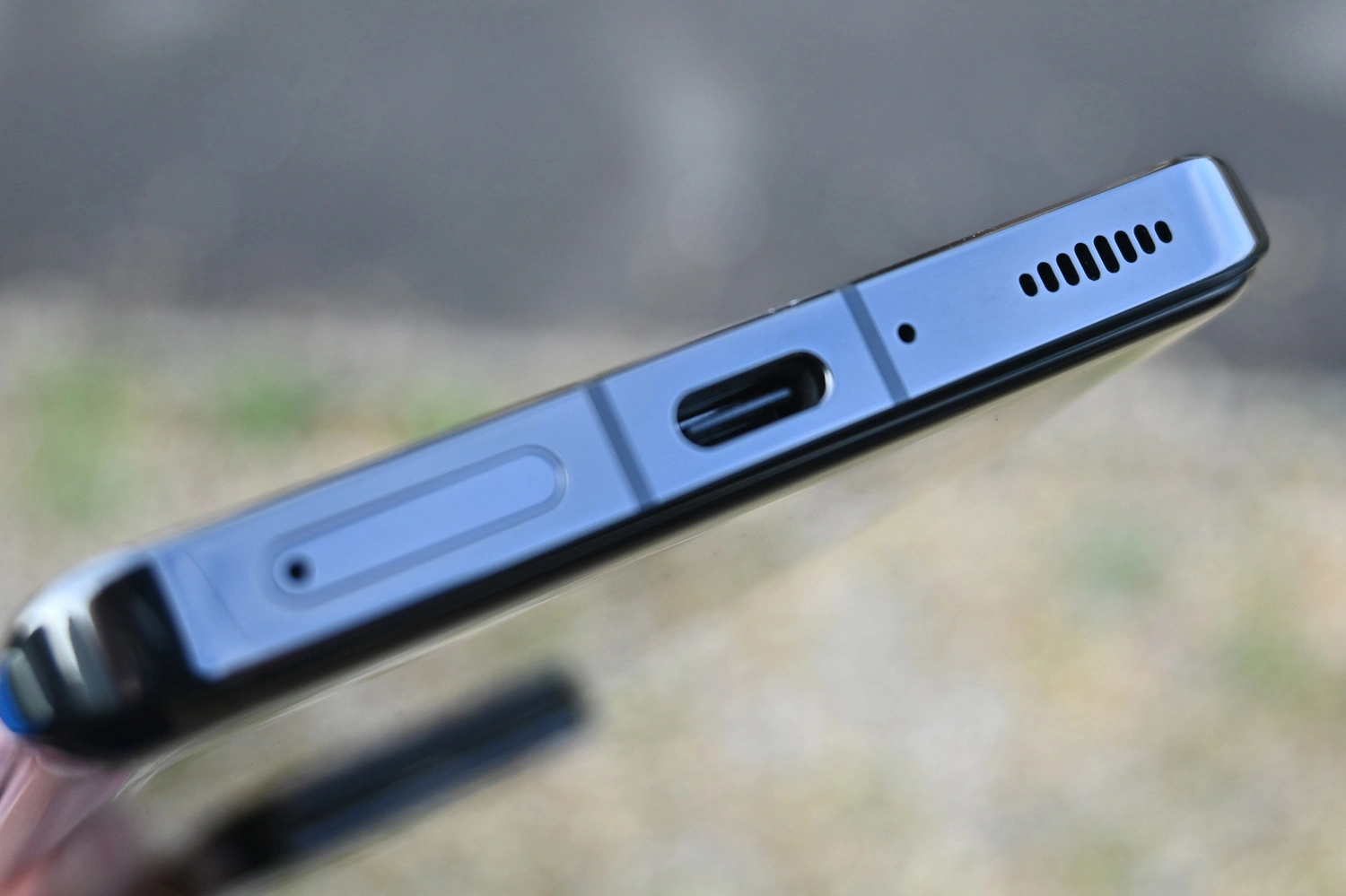
Read also: Xiaomi Watch S1 Pro review and comparison with Watch S1: Are there any improvements?
Battery and operating time
Let’s move on to an issue that has been a hot topic in recent years and is still considered mandatory in 2023. I’ll say more, people are just going crazy about it. We are talking about fast charging. The Xiaomi 13 Pro has a 4820 mAh battery, 120W HyperCharge fast charging function with a matching adapter included, 50W wireless charging, and 10W reverse charging. Xiaomi promises that the 13 Pro will be able to charge in 19 minutes with the fast charging option enabled, and in 24 minutes with it disabled. The marketers went a bit overboard, as I managed to charge the phone in about 30 minutes with fast charging enabled. After 5 minutes, the phone was already at about 32%, and after 10 minutes it was almost 50%.
Overall, the charging is fast, even lightning fast, although not as fast as advertised. However, I’ll leave you with this thought: why do you need these 120W adapters and super-mega-fast charging when I don’t feel any discomfort every day, even with 15W induction and a 25-30W adapter. In my opinion, the pursuit of reducing charging time is costing many manufacturers money, as they forget about more important aspects, such as system optimisation, years of support with updates, or, for example, cameras for a large number of people. In addition, there are rumours that the claim that this is not so harmful to the battery is not yet clearly confirmed or thoroughly tested.
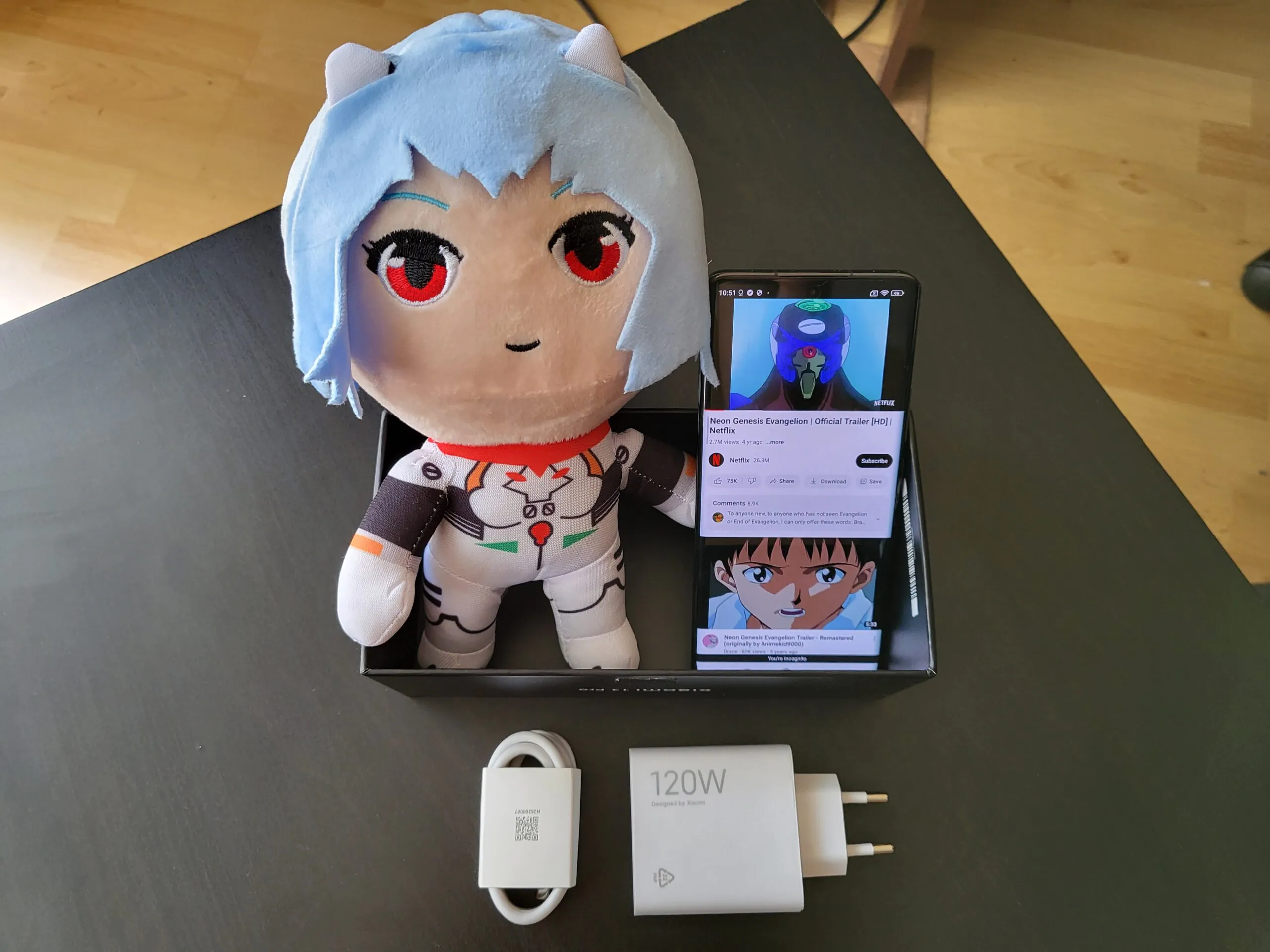
However, leaving aside the pure numbers, how long does the battery last in real life? This time I loaded the Xiaomi 13 Pro with mostly YouTube and Twitch (on and off screen), and it seemed to last me 1.5-2 days, so I’m impressed. Deep down, I think that if the software of this phone was cleaned and polished, and various background processes did not take up a percentage of the battery, it would last even longer. And if you also change the other settings of Xiaomi 13 Pro, do not clutter up the phone with unnecessary applications of dubious origin (yes, I’m talking about Meta apps, among other things) and enable all sorts of useful options to save battery power… A dream!
Read also: Xiaomi Buds 4 Pro review: great sound and high-quality noise cancellation
Conclusion
At first, I thought that Xiaomi 13 Pro stands out for its movable lenses and that it’s worth paying any money for such a fancy feature (and I know that many people like close-up photos). However, already in the process of writing this review, I realised that this phone has a number of unpleasant shortcomings on all sides. And although its characteristics are truly flagship, and it looks like a premium device, the reality is that in everyday use everything is not as smooth as we would like.
On the plus side, the battery lasts a very long time. The top-of-the-line processor means that Xiaomi 13 Pro can run a lot of things, but on the other hand, the MIUI shell and the unoptimised system, which is cluttered with ads and unnecessary services, means that the smartphone slows down and is not able to perform at the level offered by the latest Snapdragon.
Other advantages include the screen, the case that we find in the box, pretty good sound, and cameras. Add to this the clumsy design of the device itself and the camera islands.

Don’t get me wrong, the Xiaomi 13 Pro is not that bad, but the whole impression is spoiled by the draconian price of about $1350. When you can get at least a Samsung Galaxy S23 Ultra for the same money. Nevertheless, if someone wants to play with a camera with moving lenses, take a chance, at least the pictures of flowers with drops of your tears will turn out nice after the purchase. Or just buy a regular Xiaomi 13, everyone praises it and so many people can’t go wrong, after all.
Read also:
- Huawei P60 Pro review: The world’s best mobile camera again?
- Samsung Galaxy S23 Ultra smartphone review: An unprecedented flagship
- Motorola Edge 40 Pro review: Moto in the game


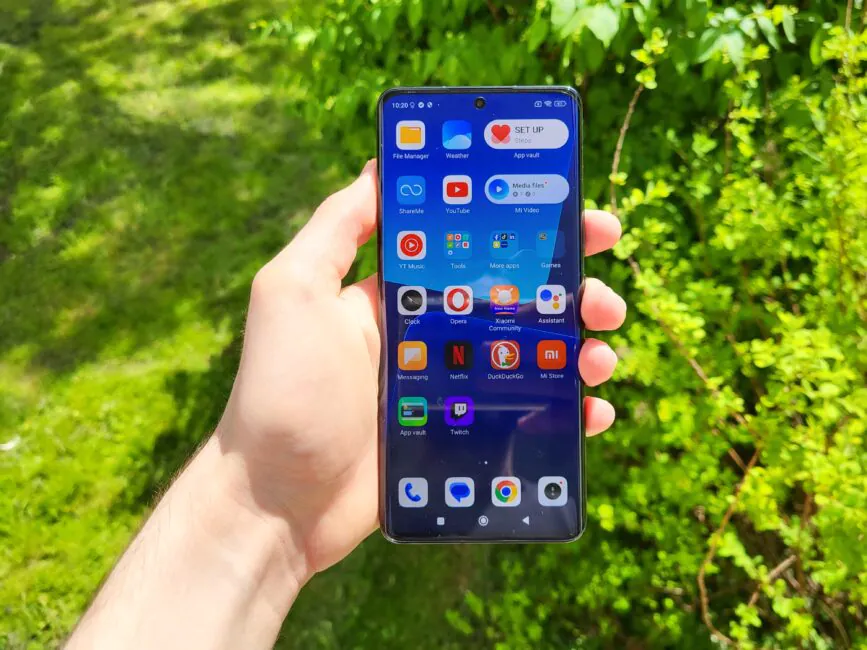
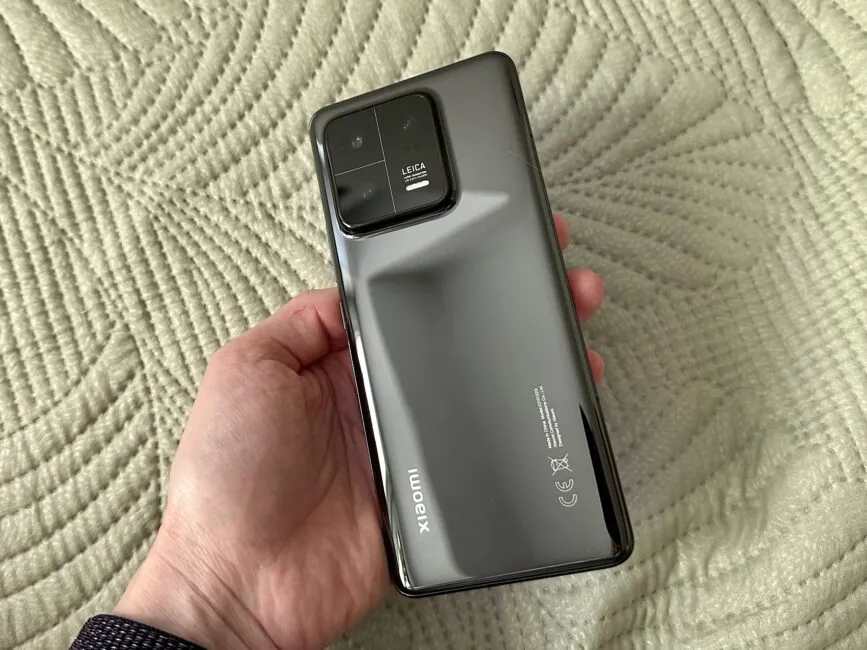
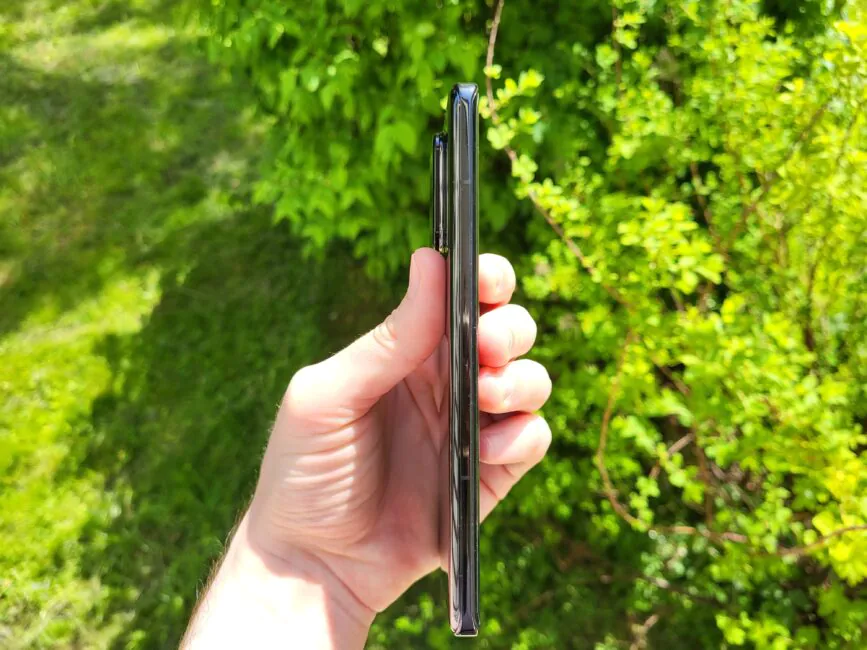
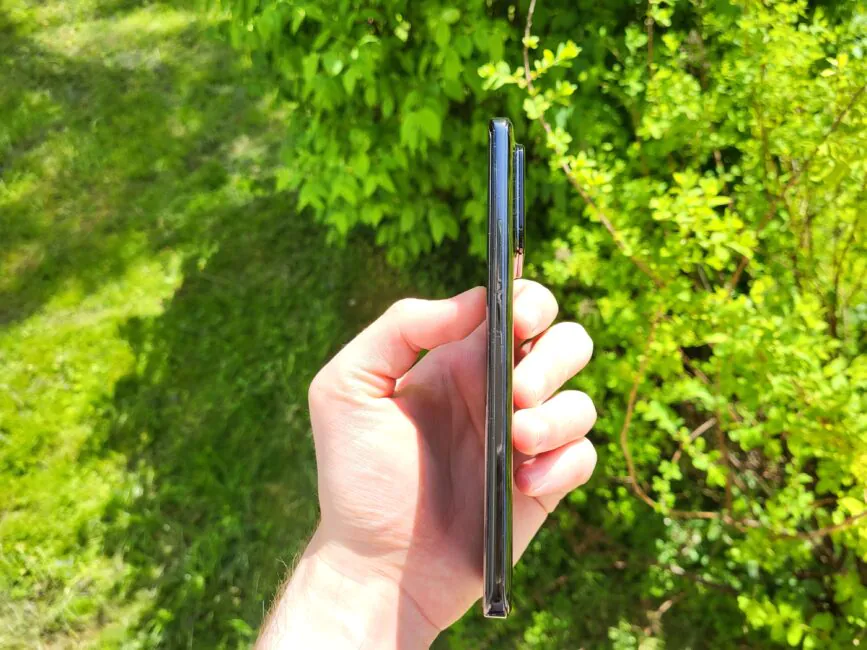

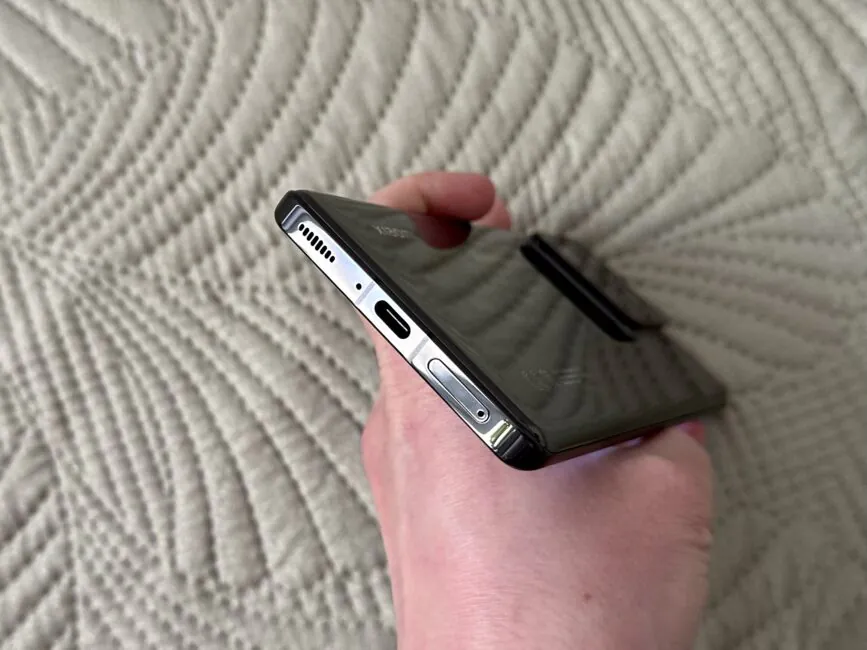
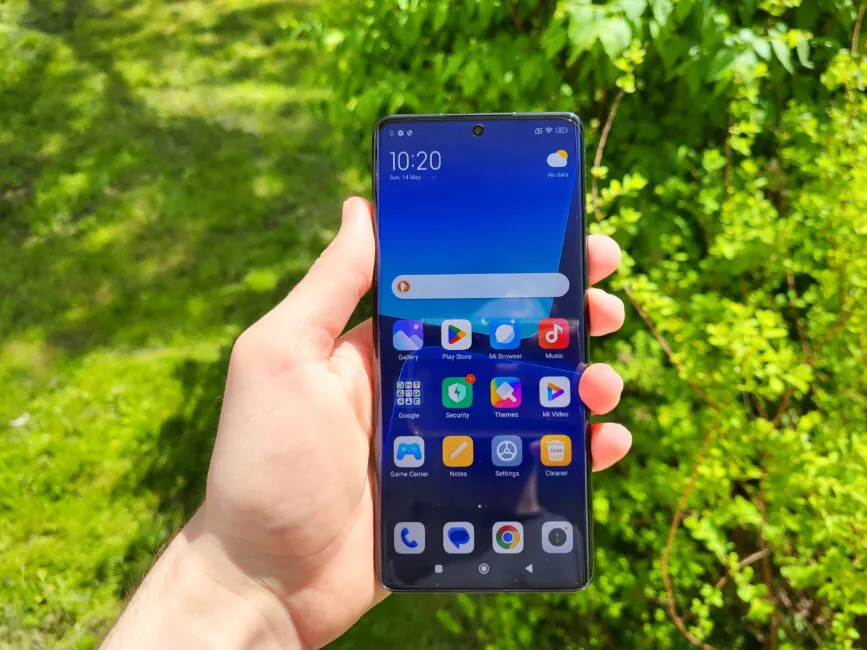
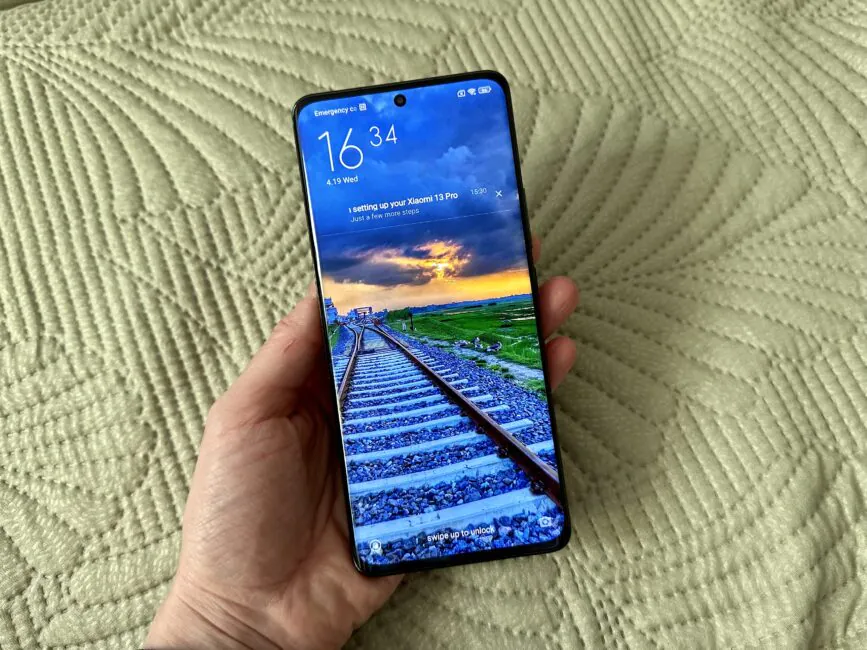
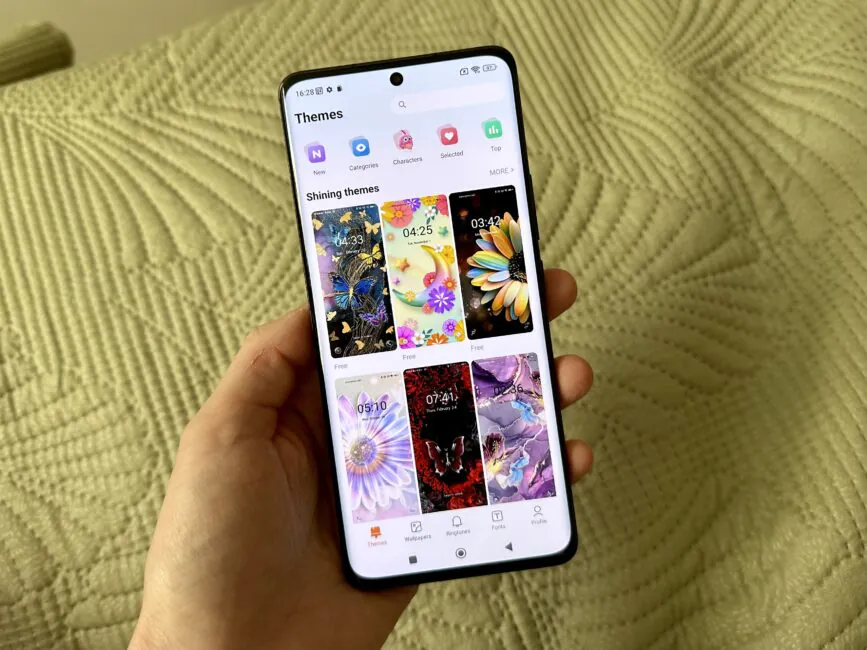

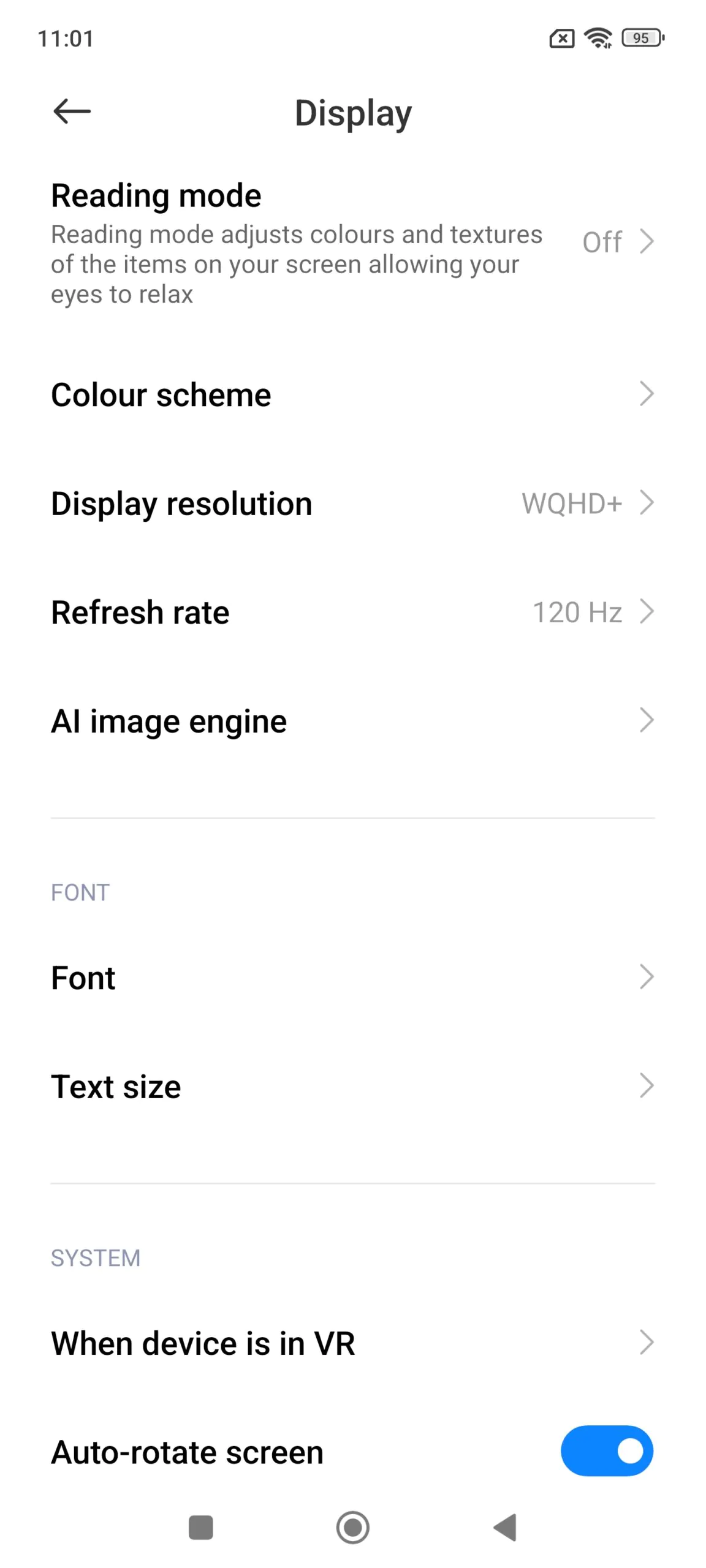
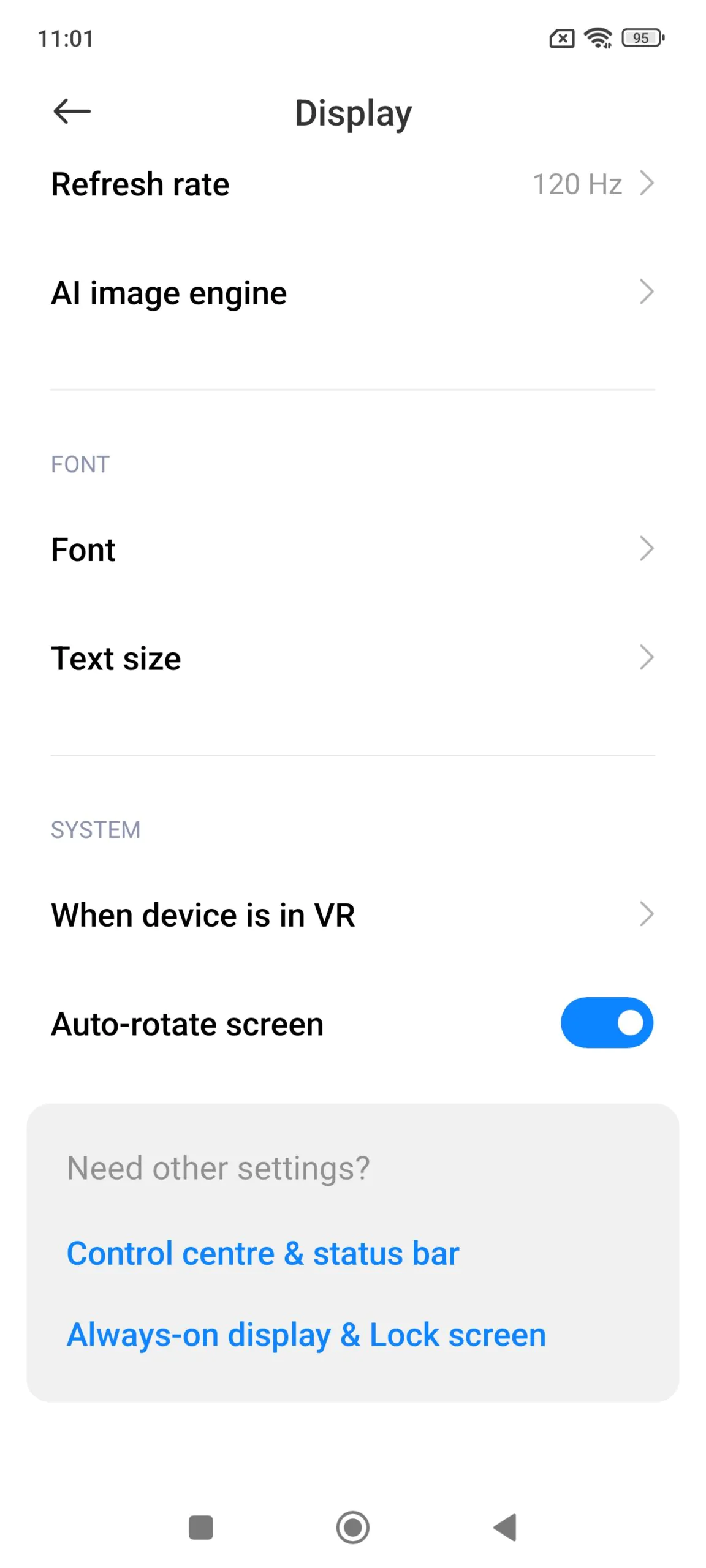
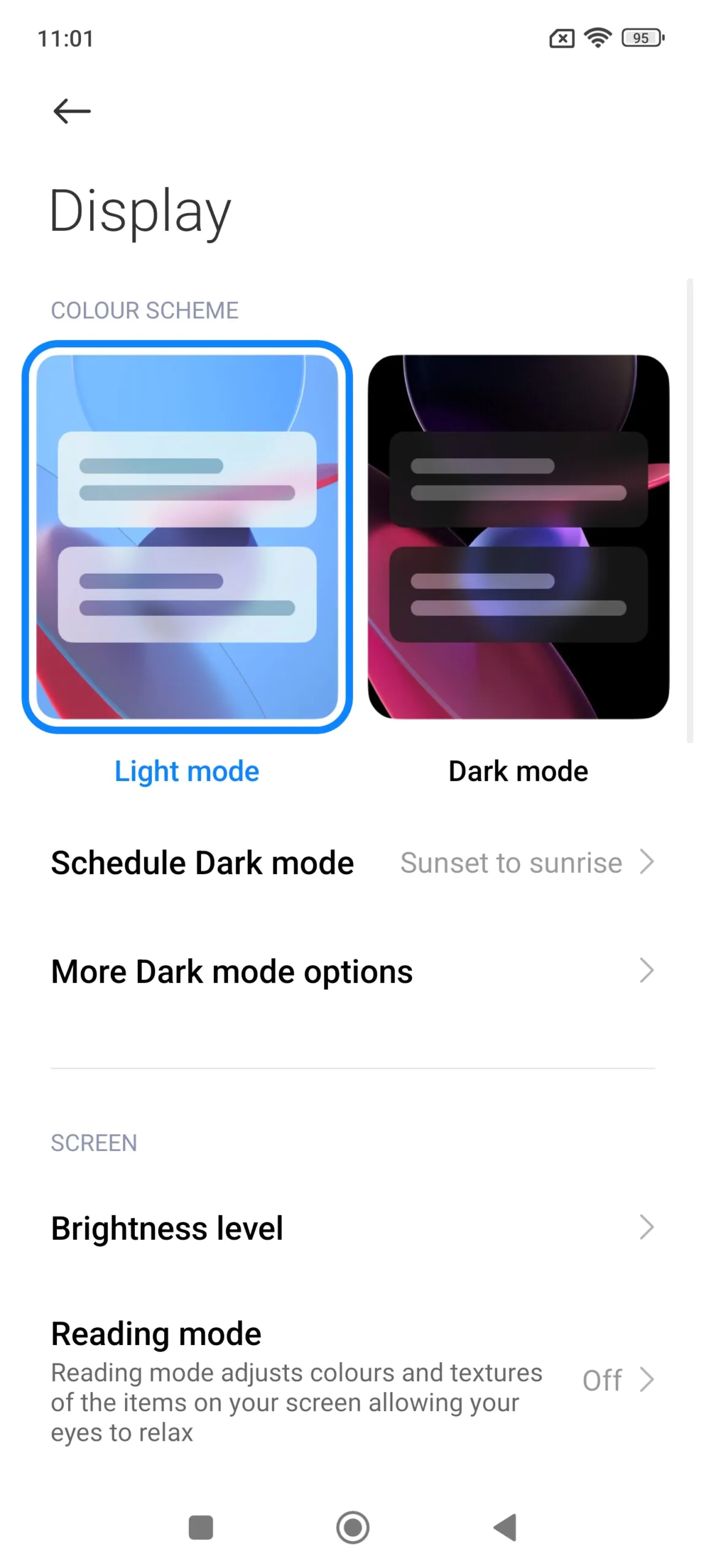

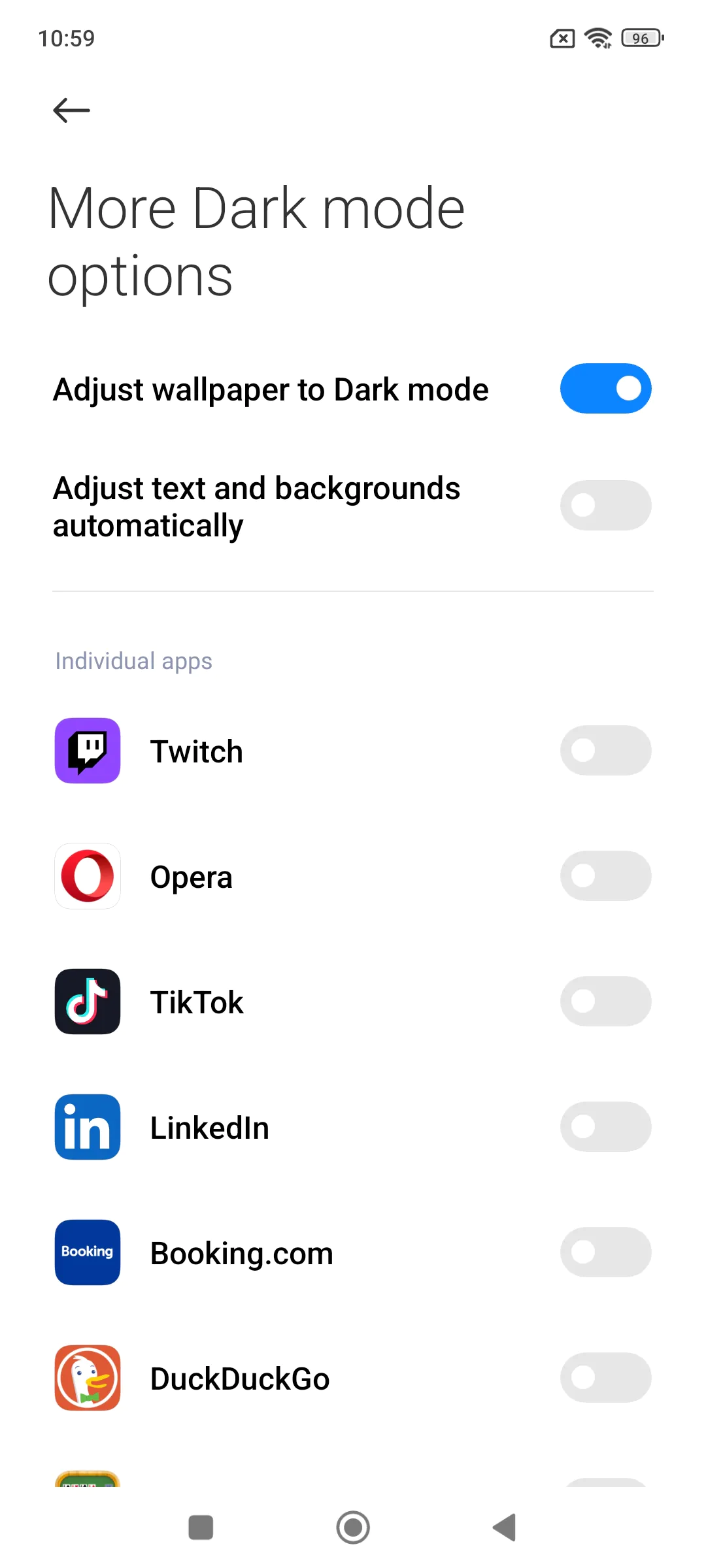
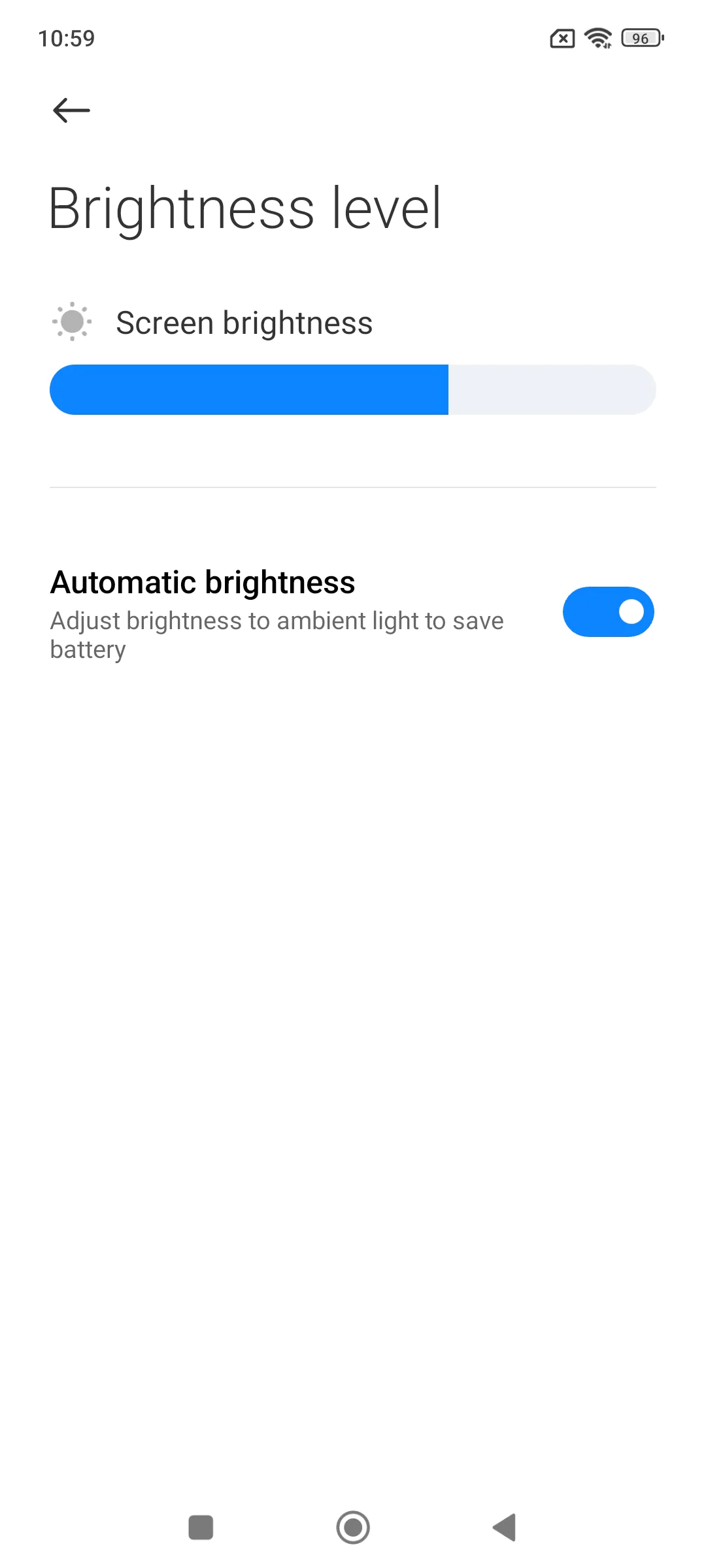

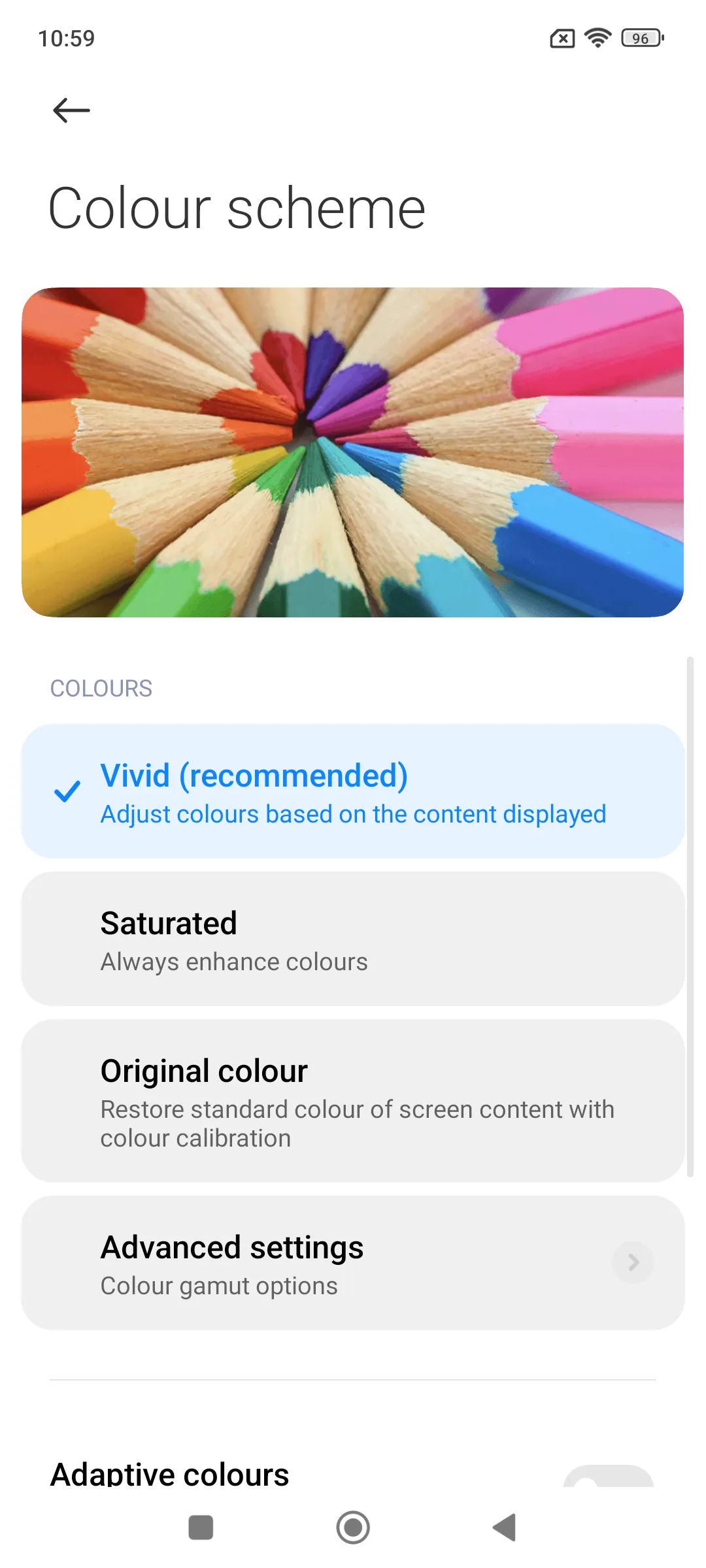



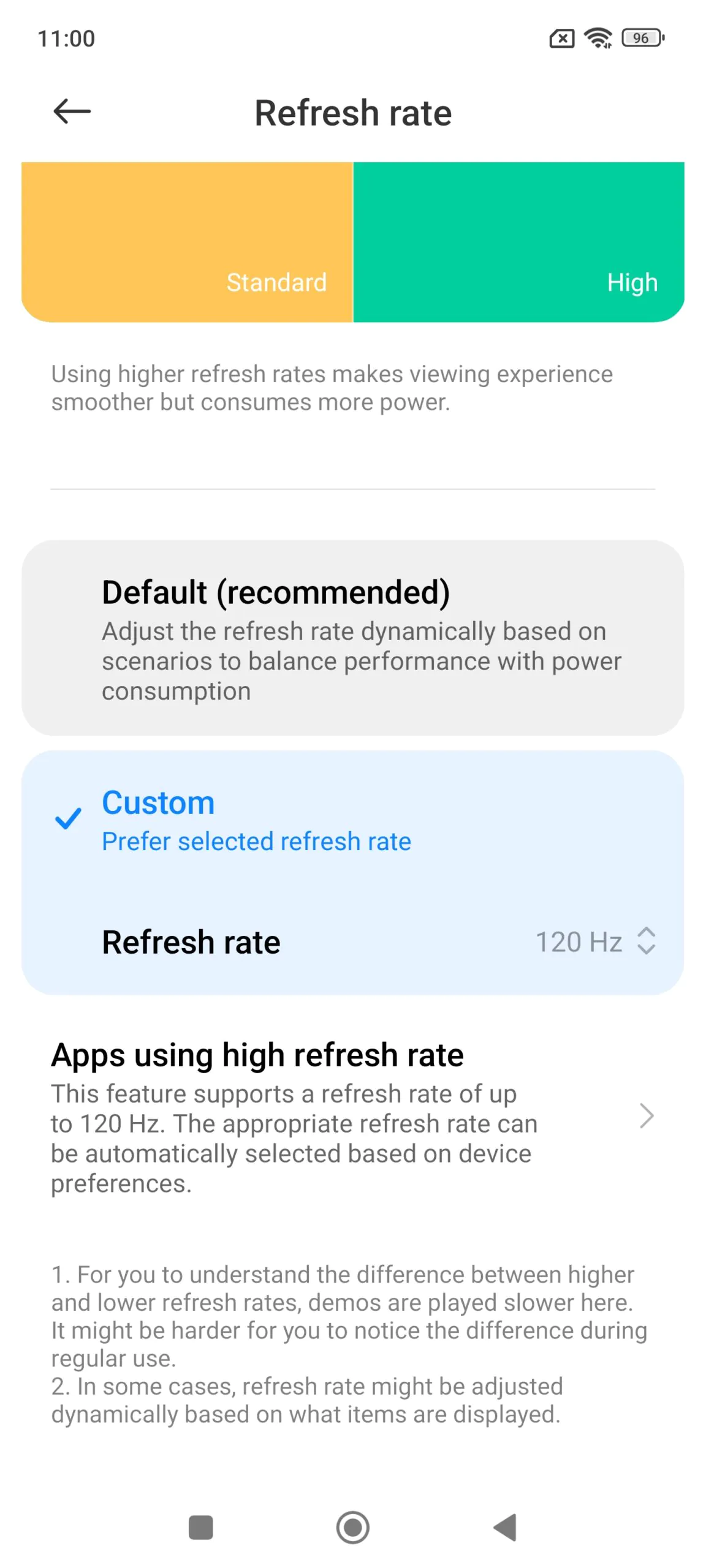
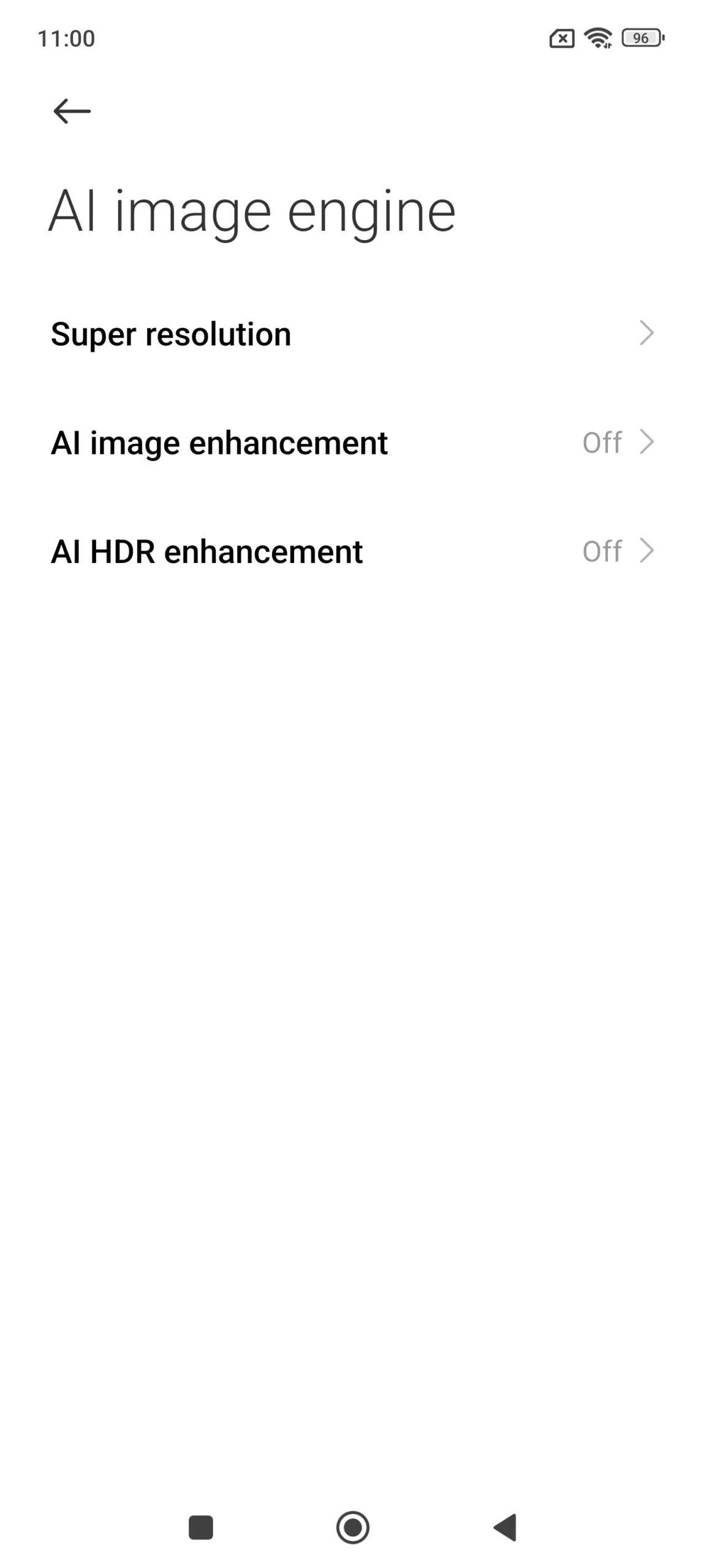
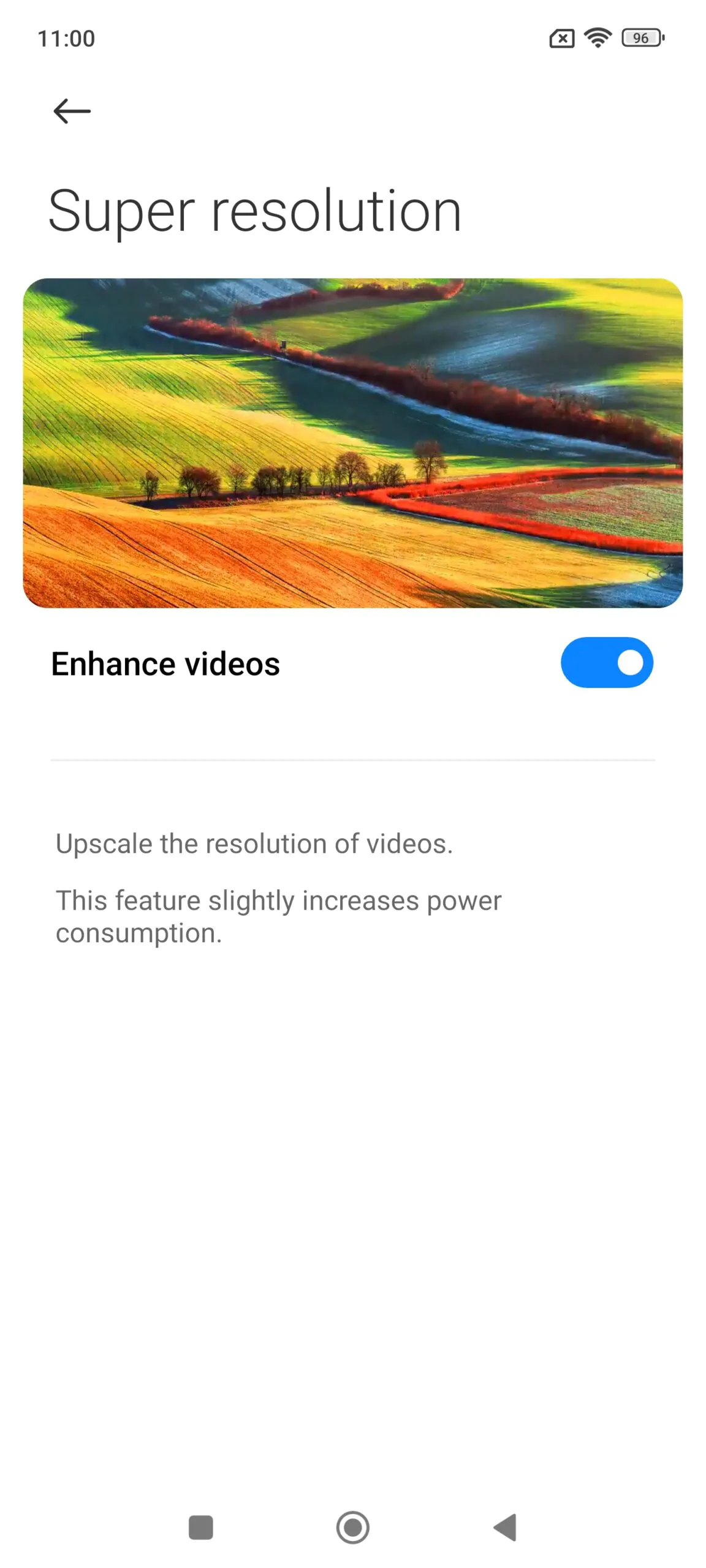
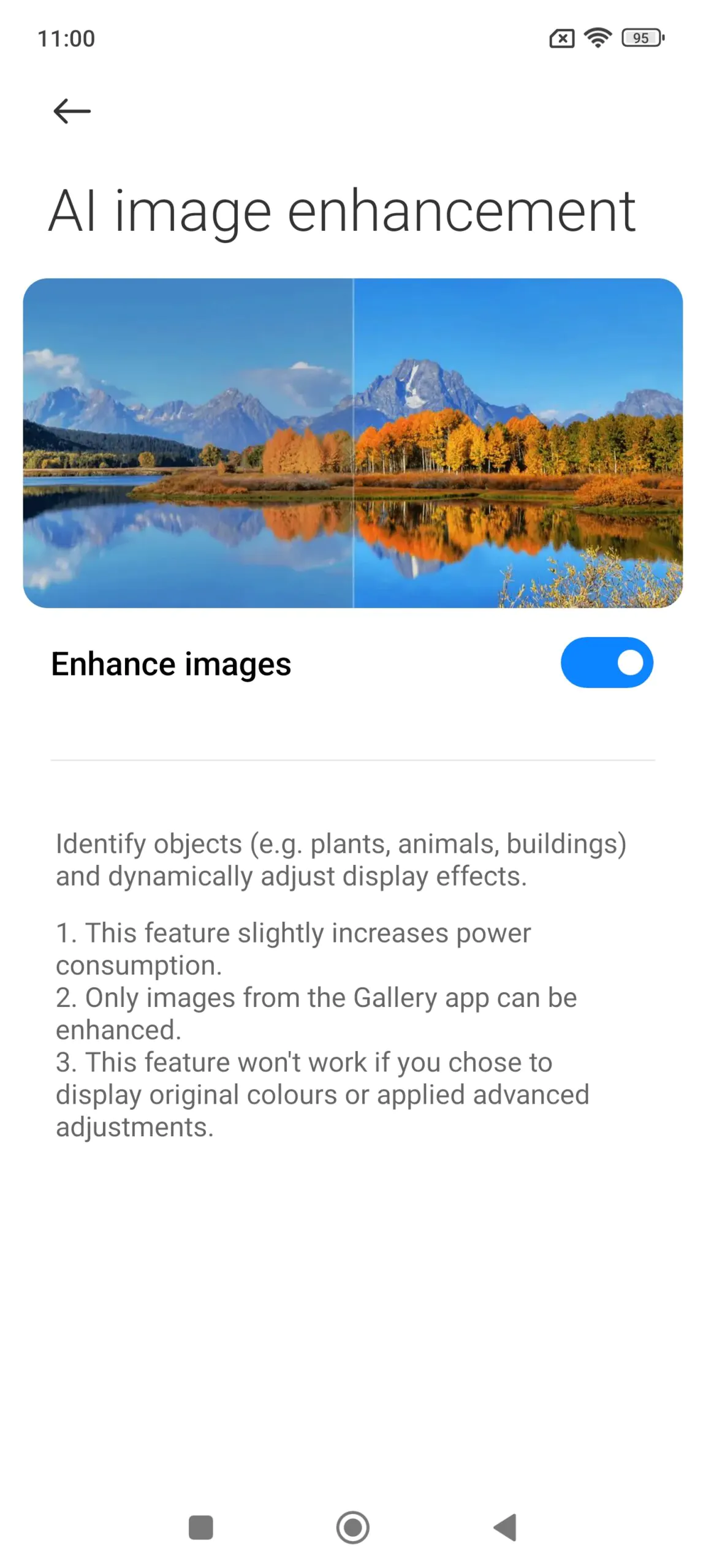

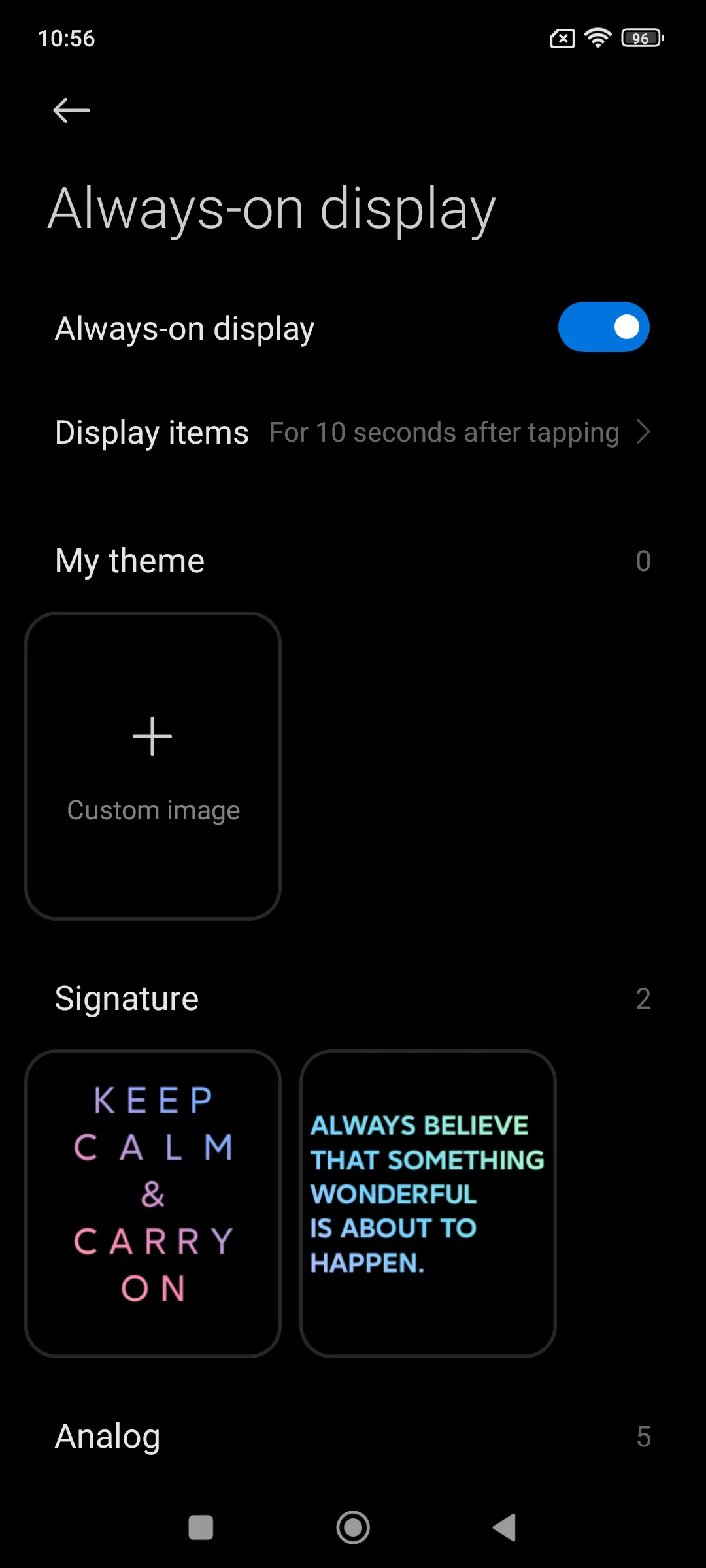
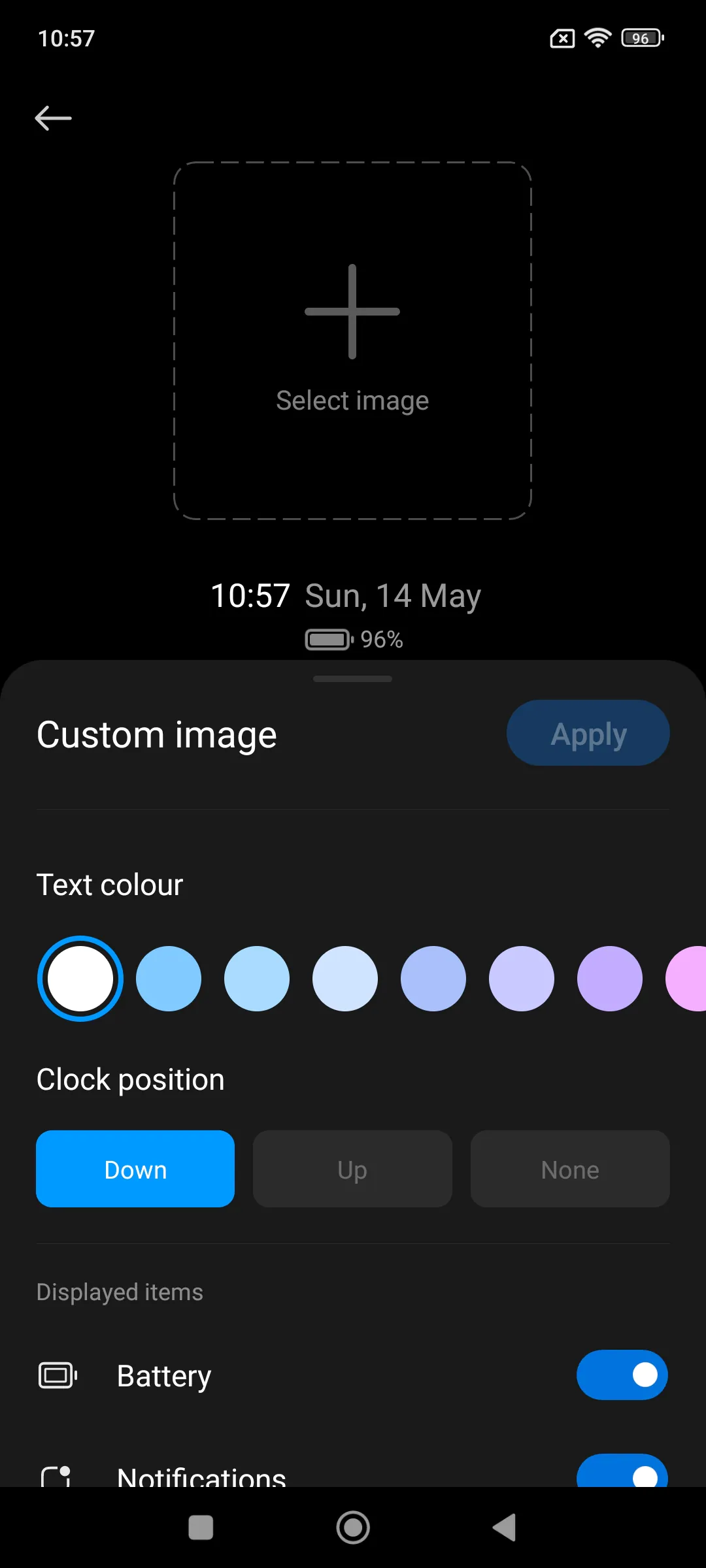
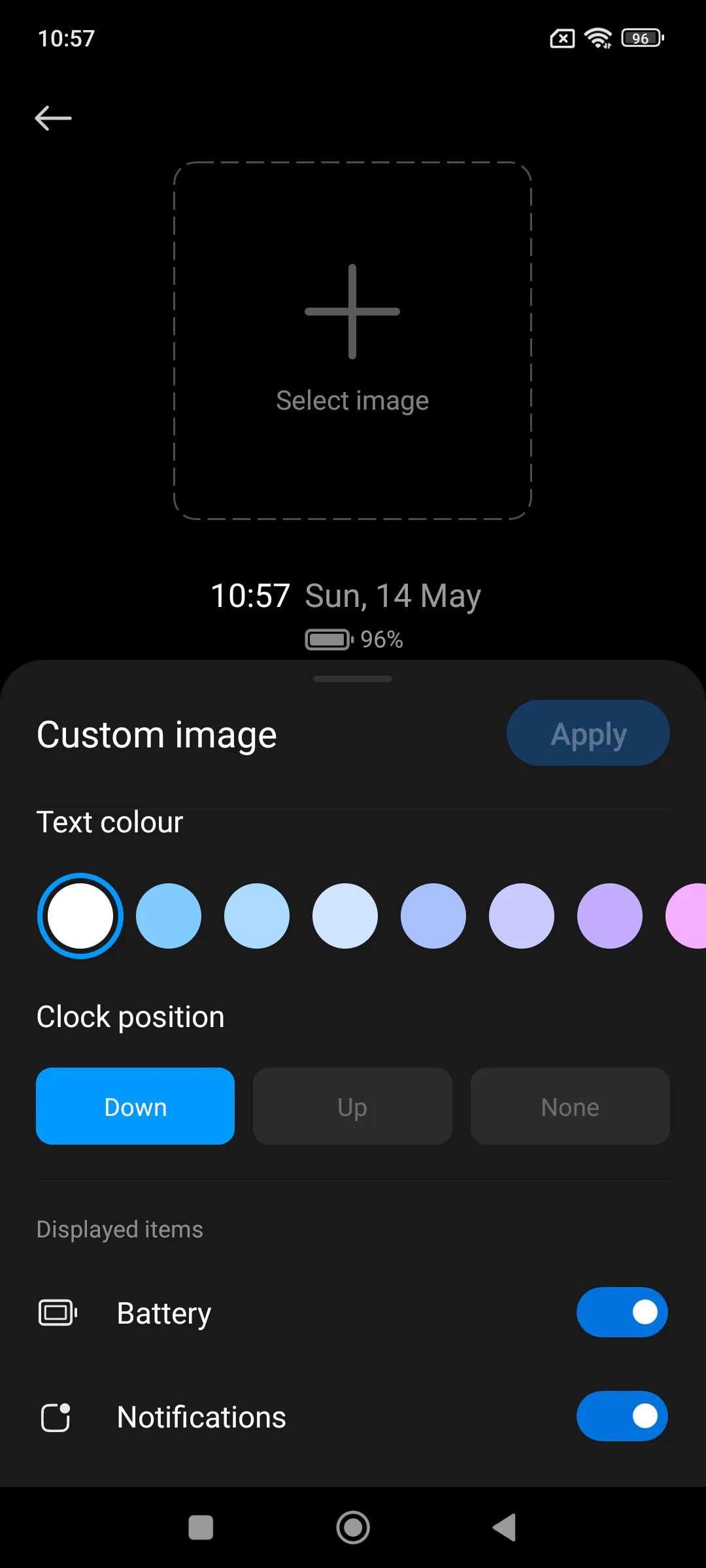

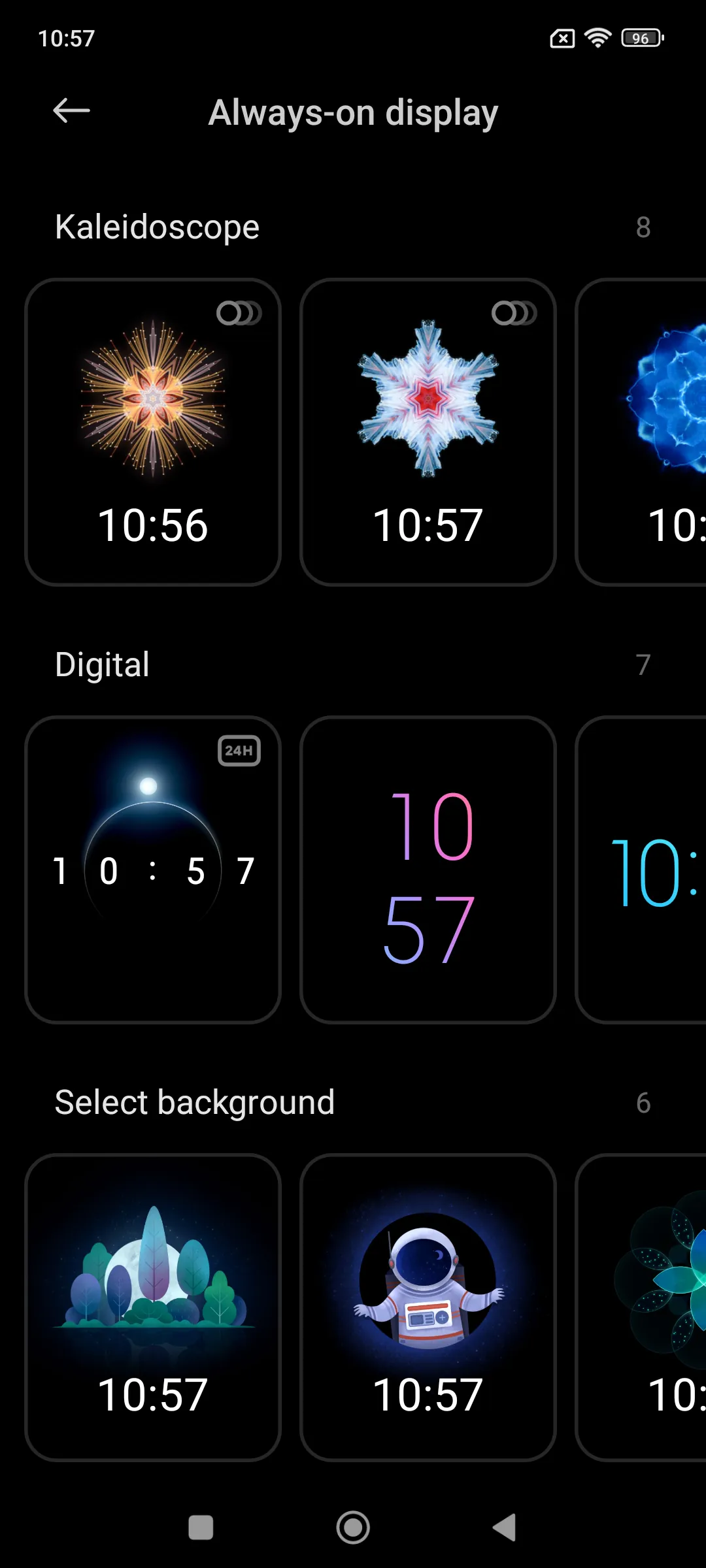
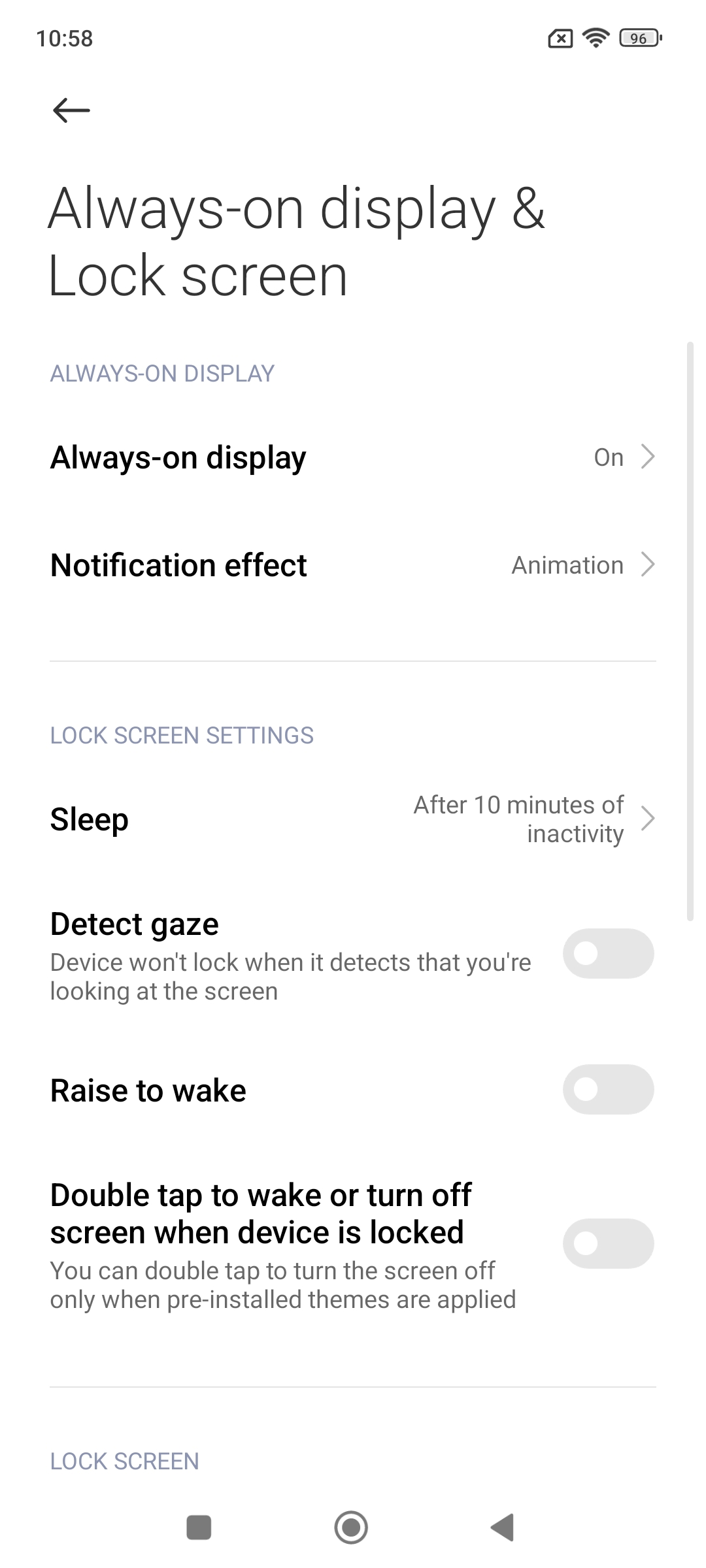

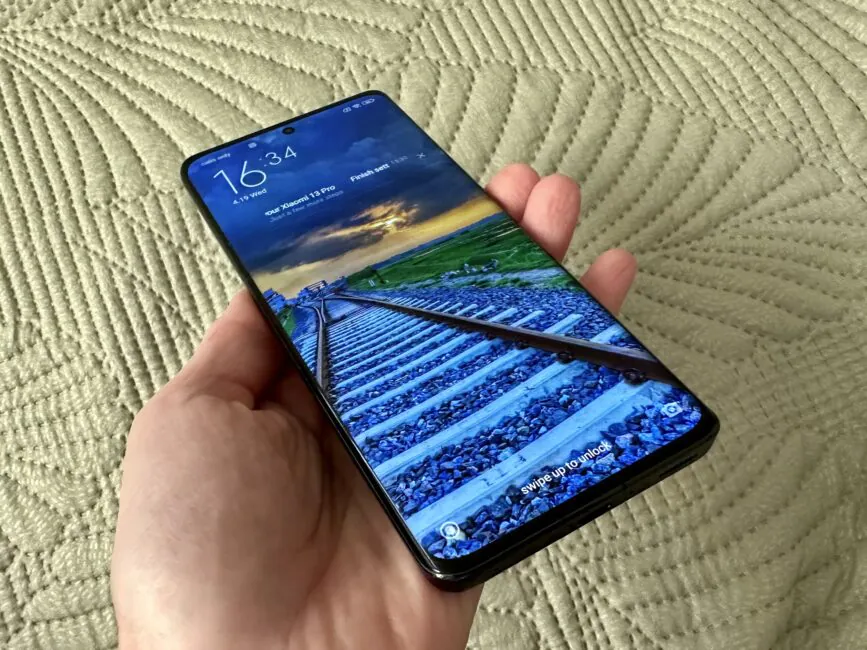
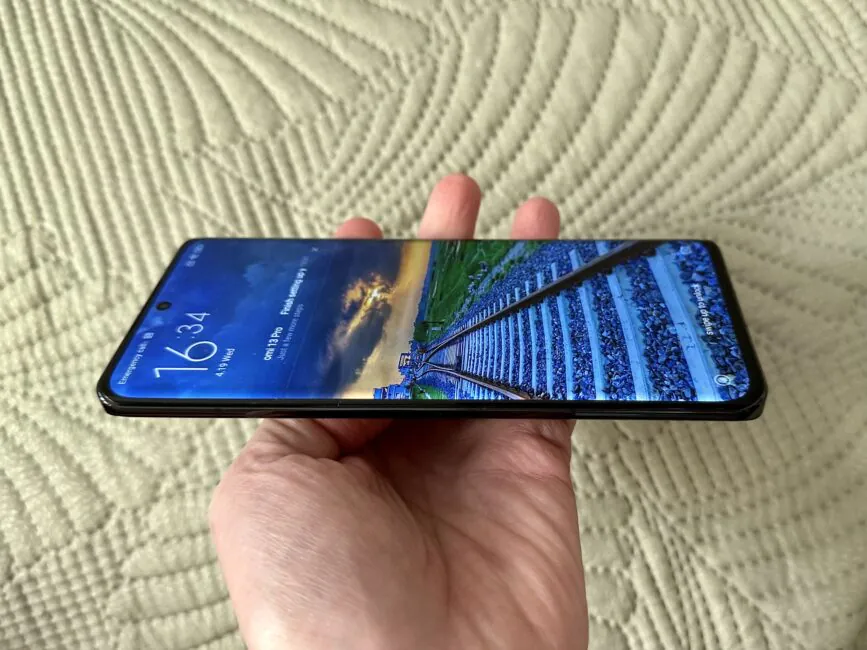

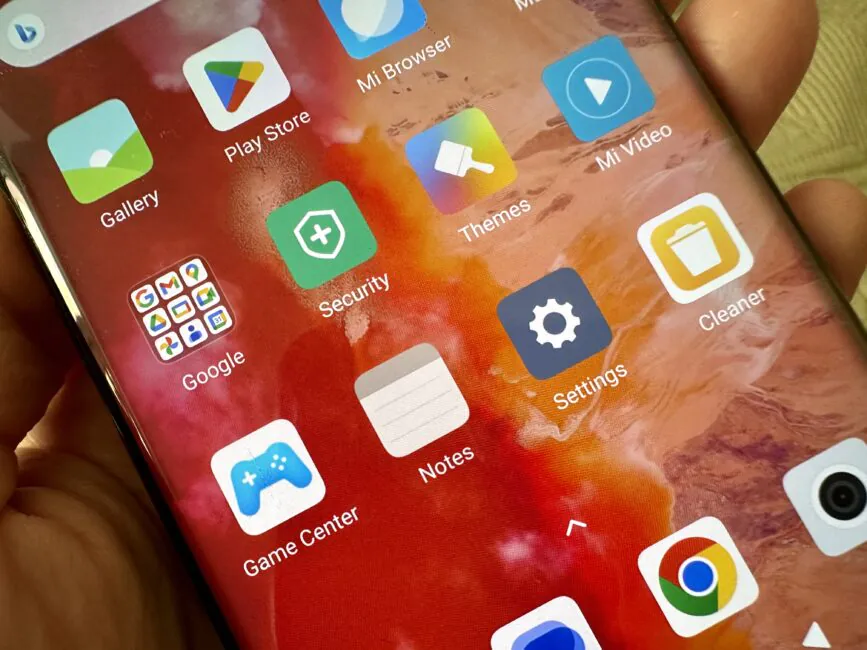
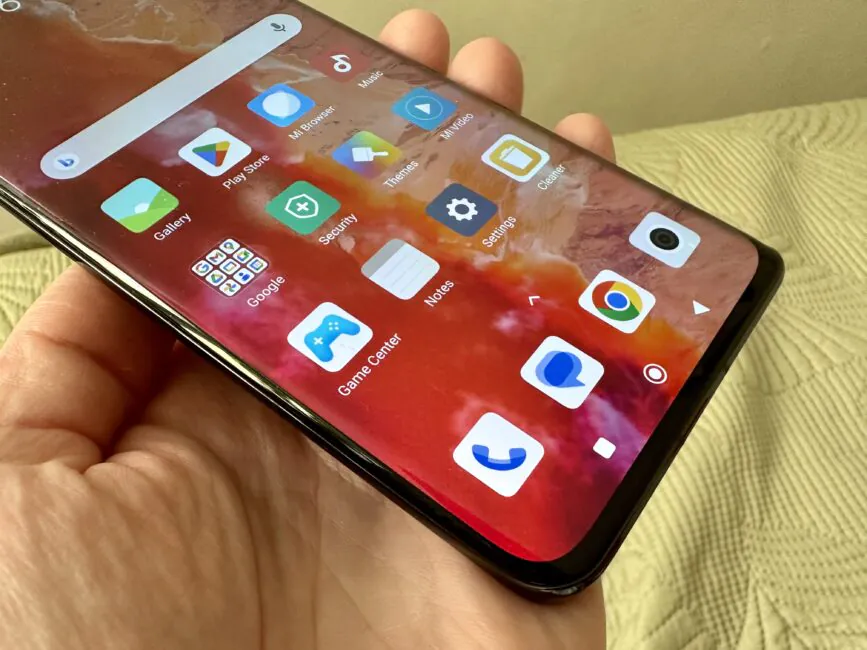

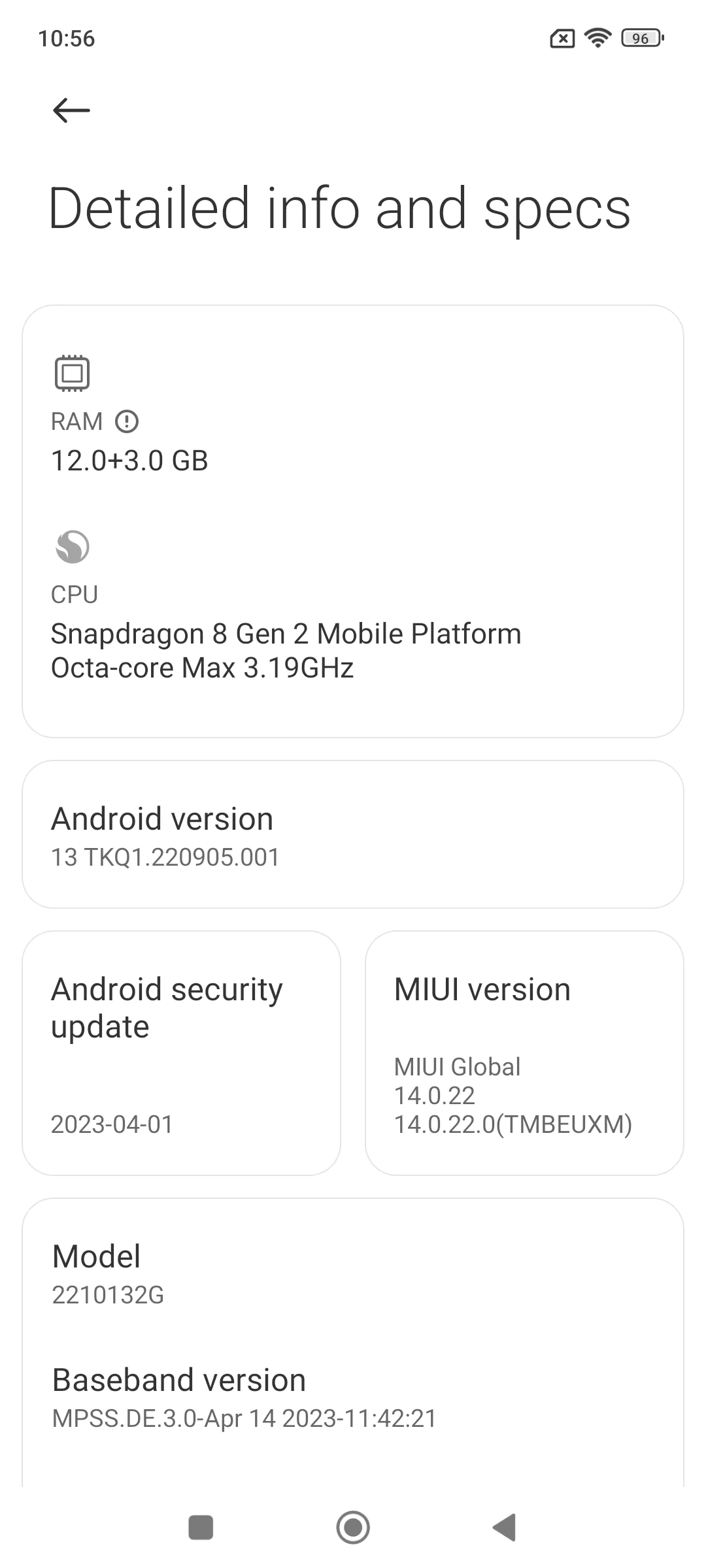
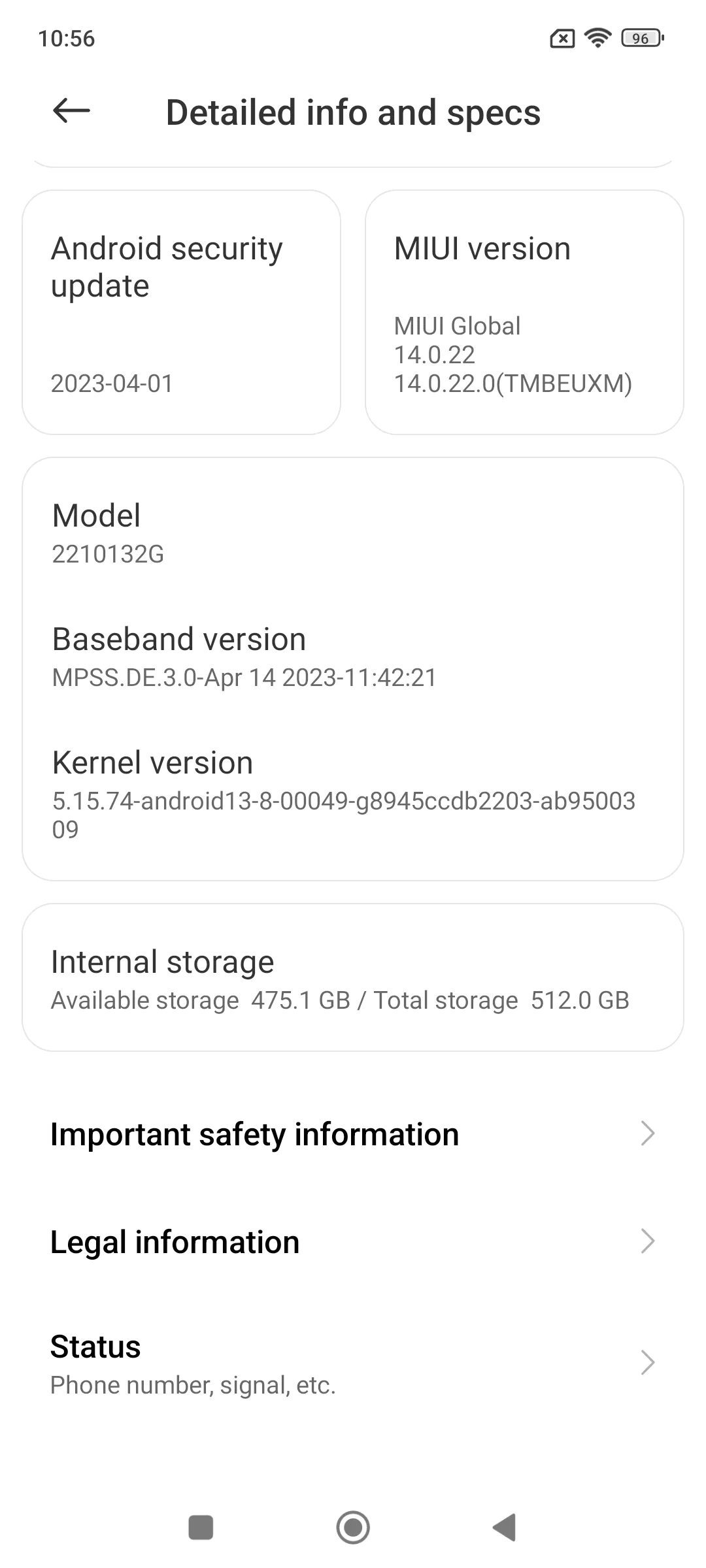

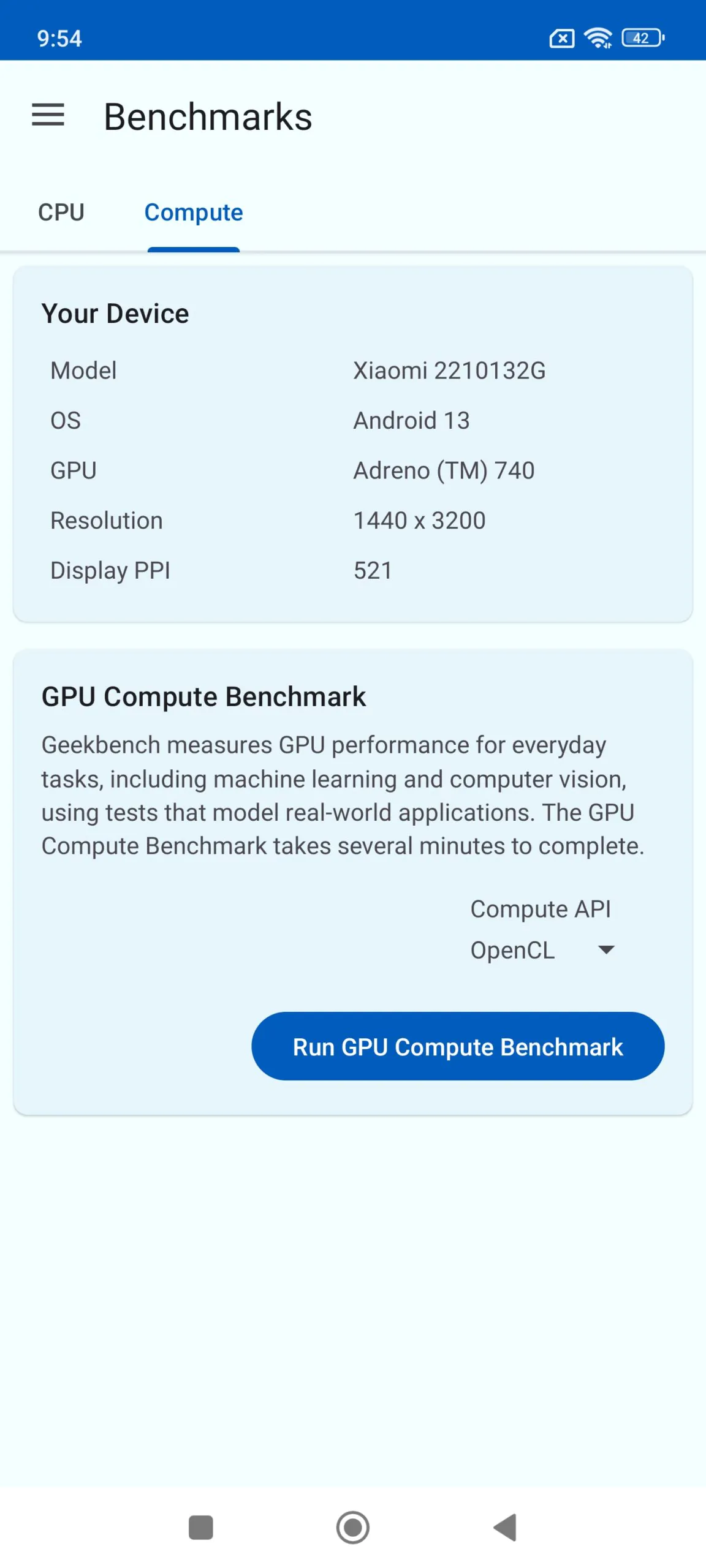
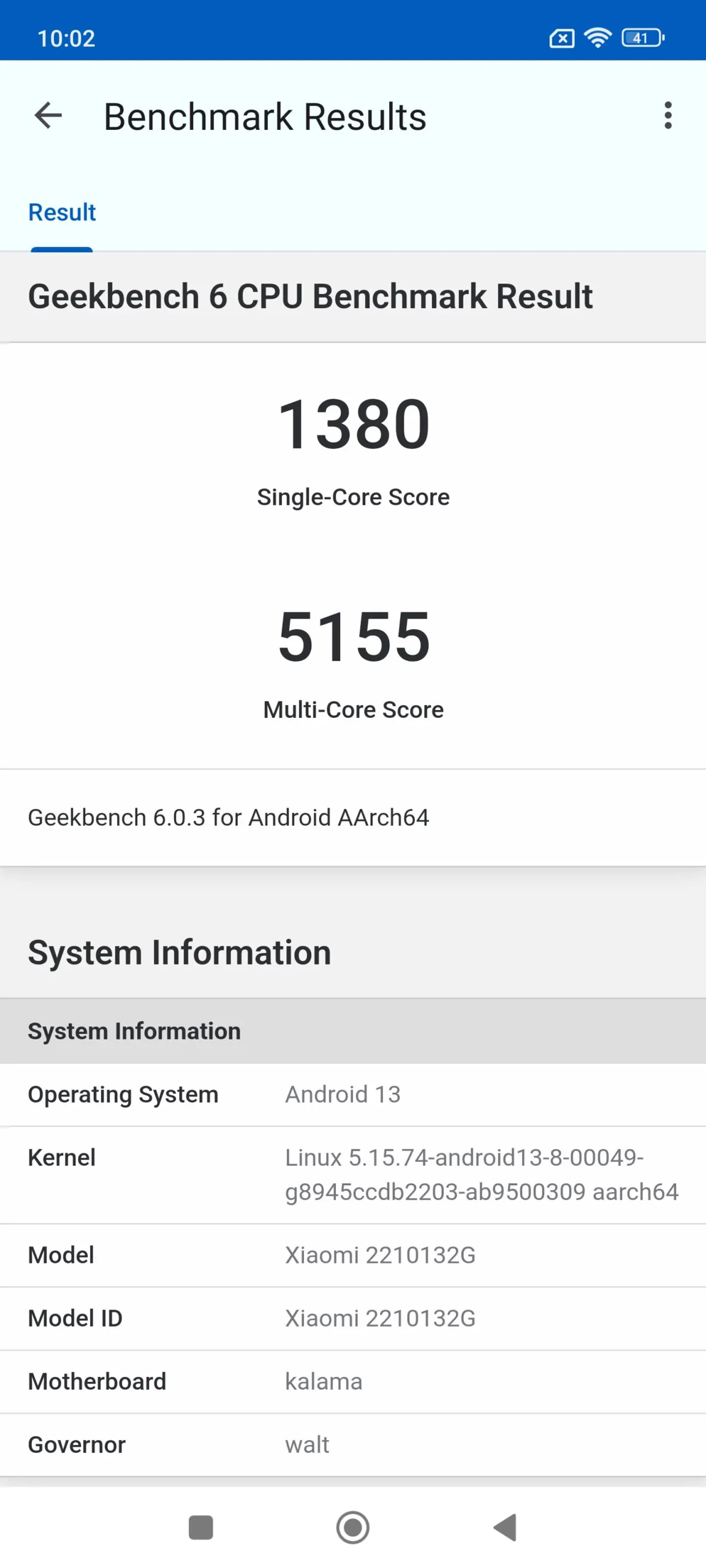
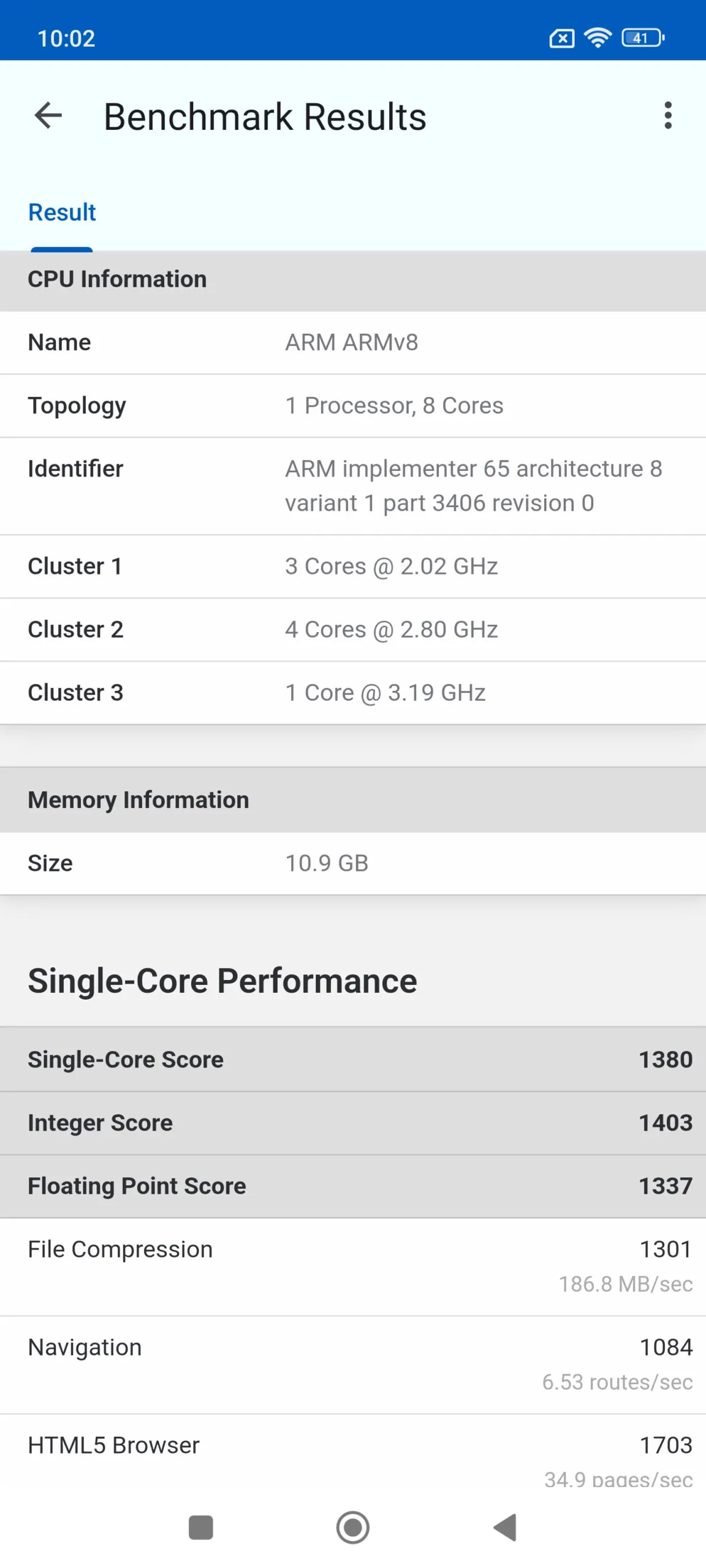
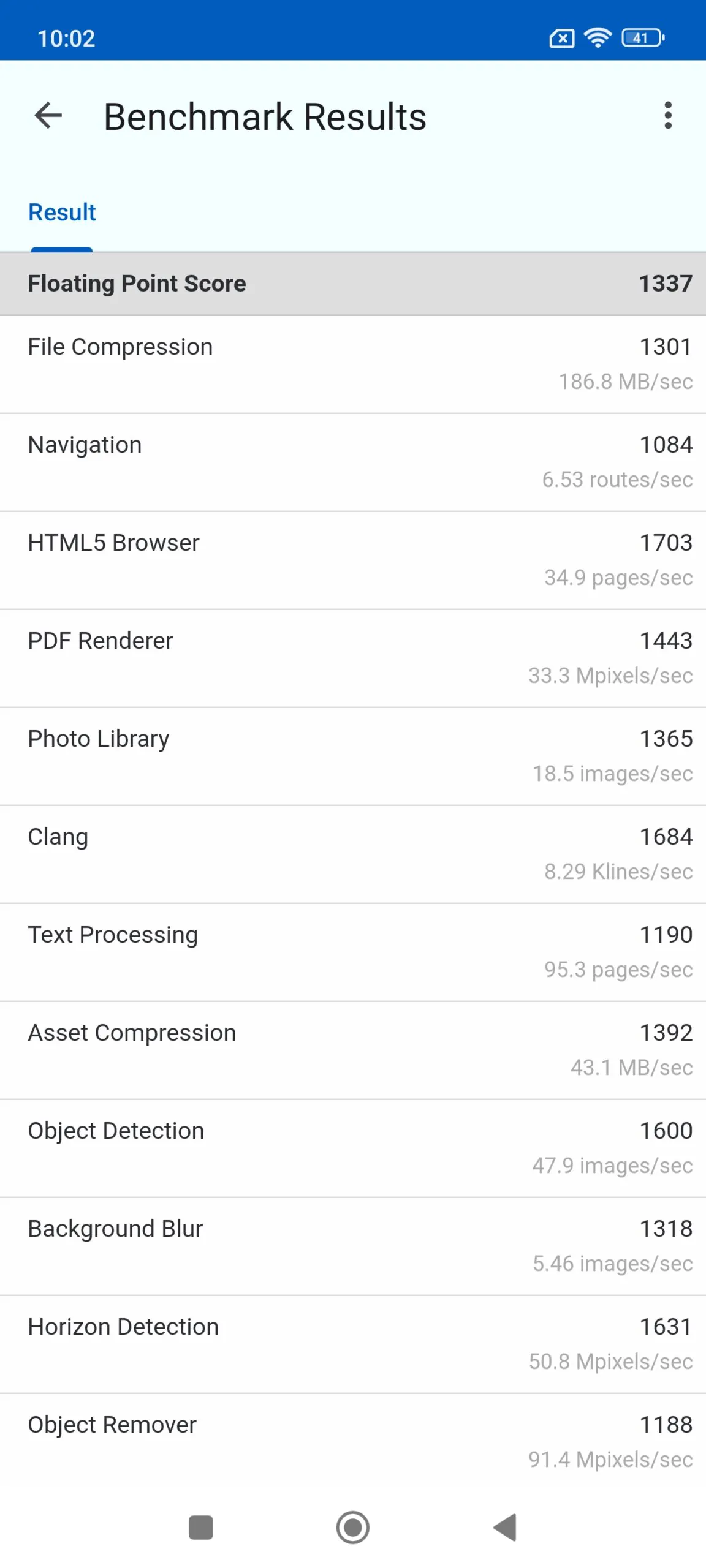

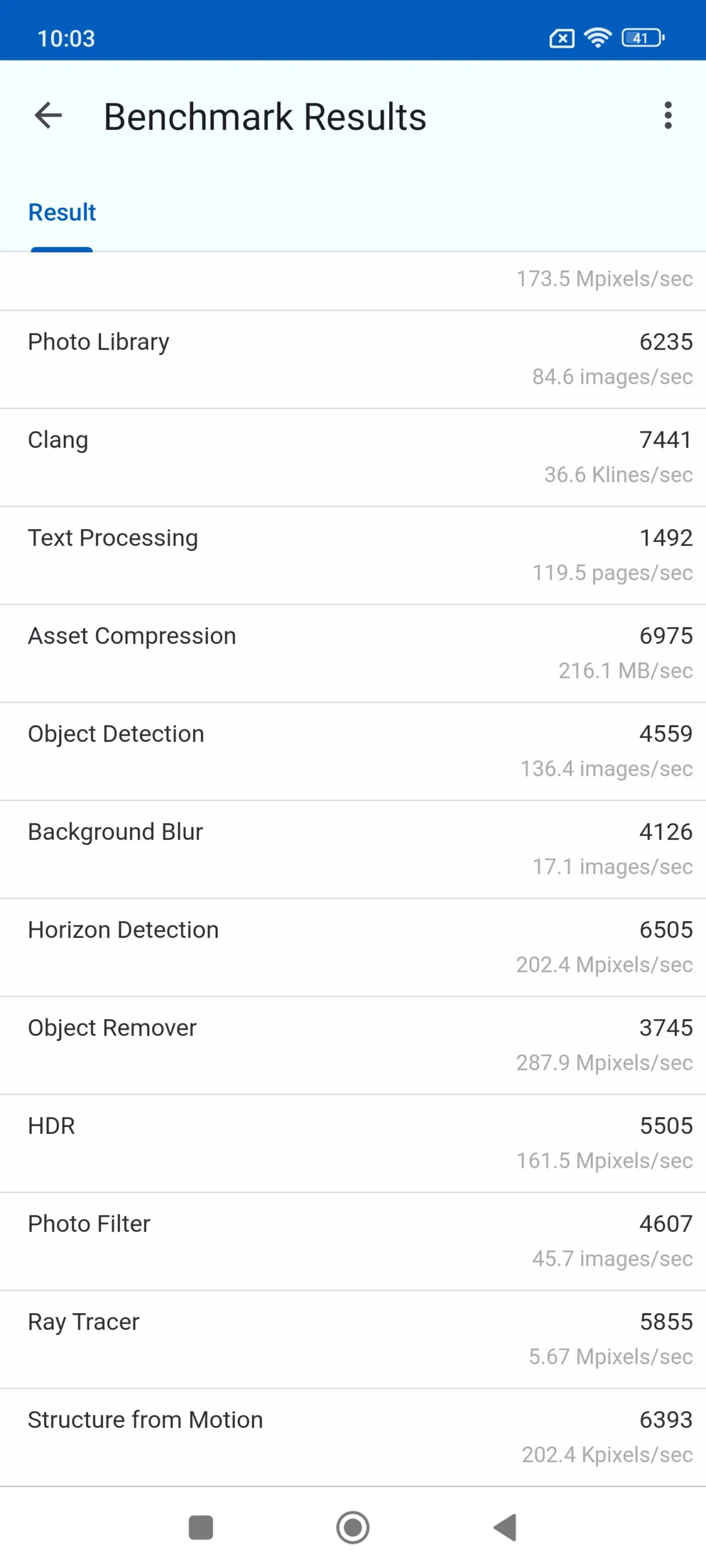
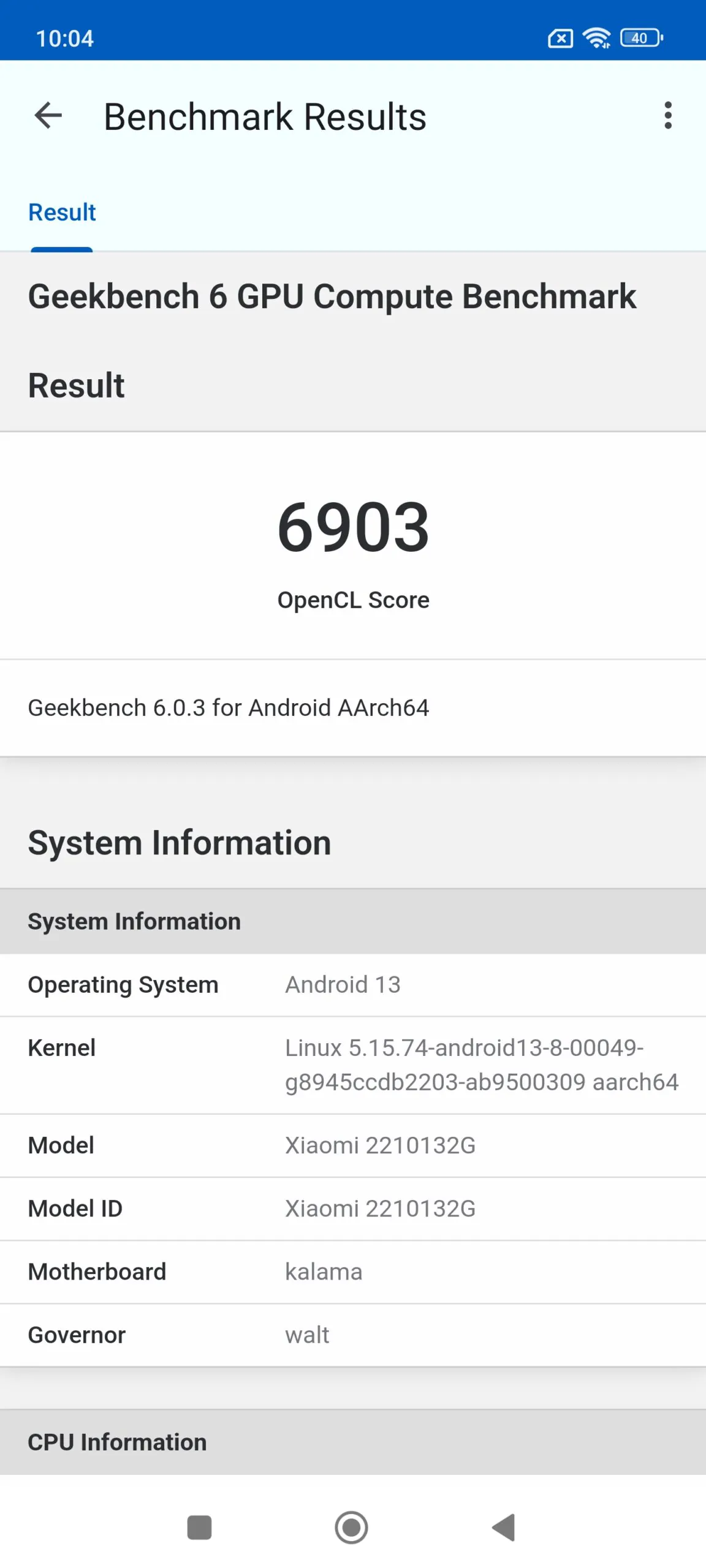
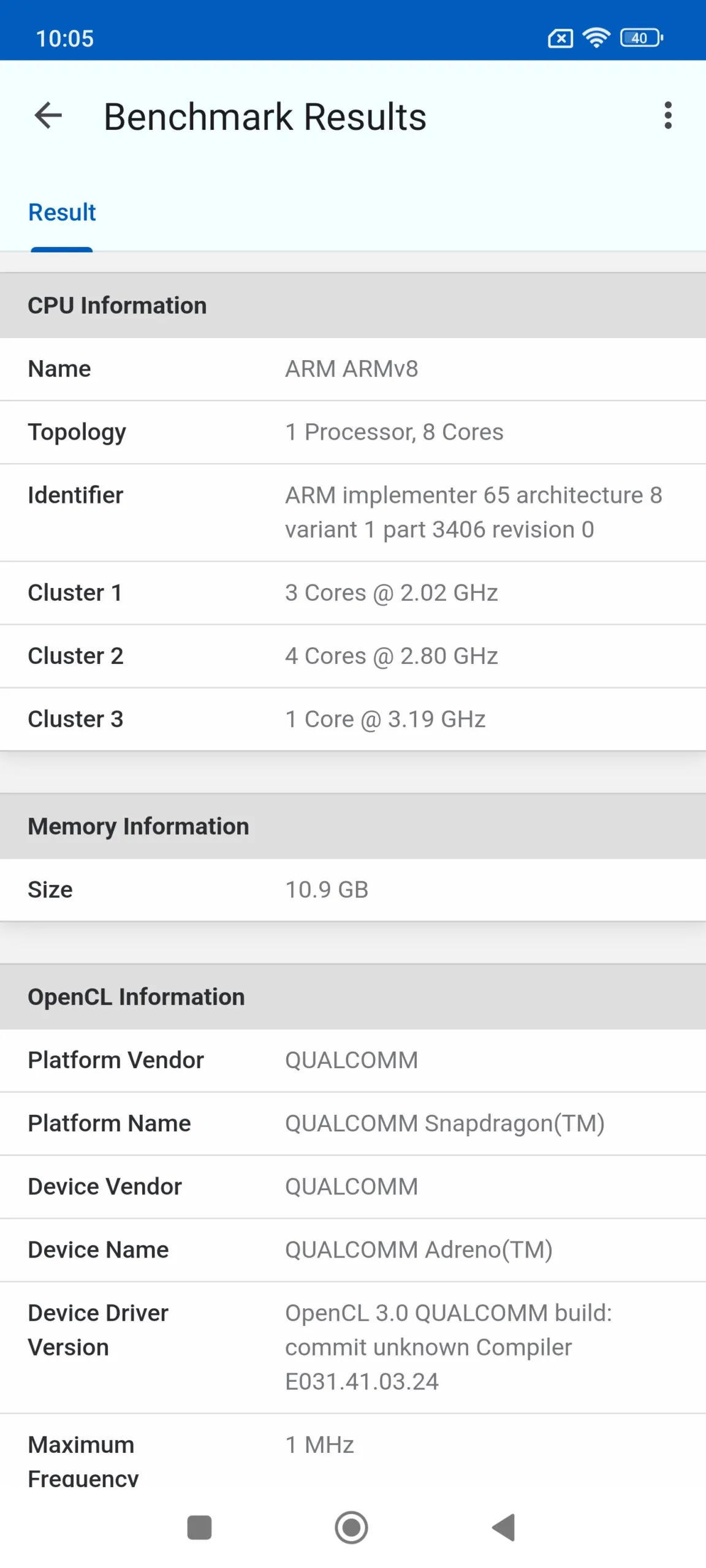
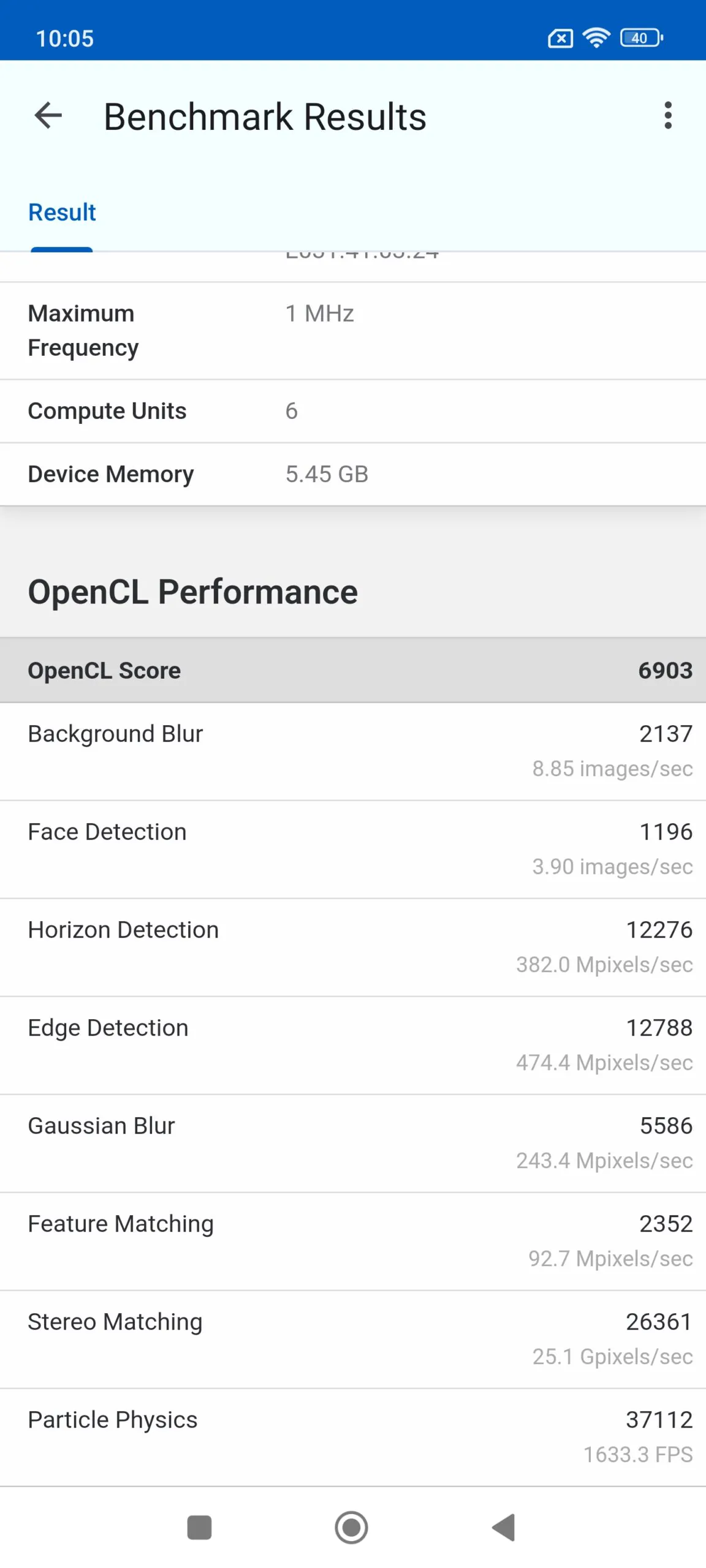
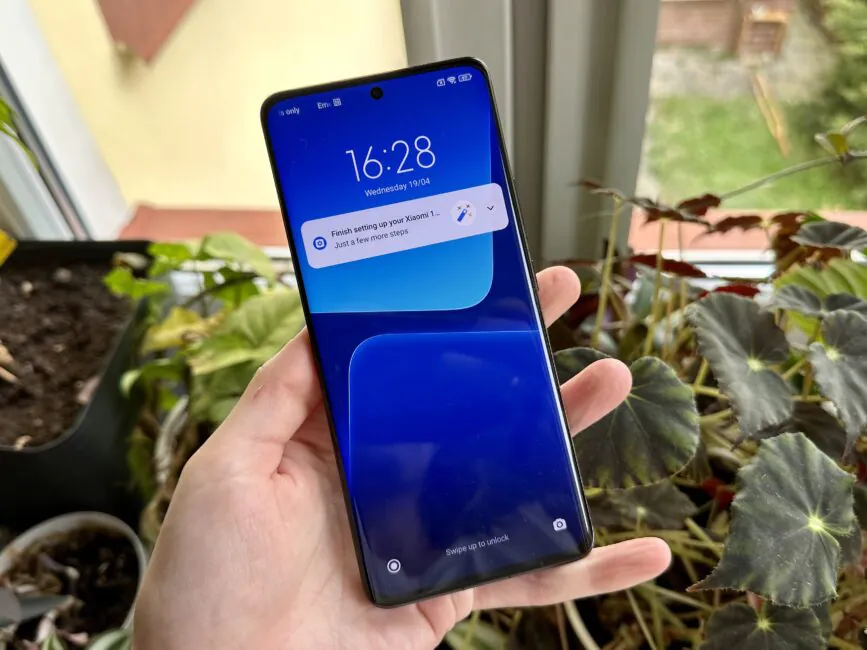

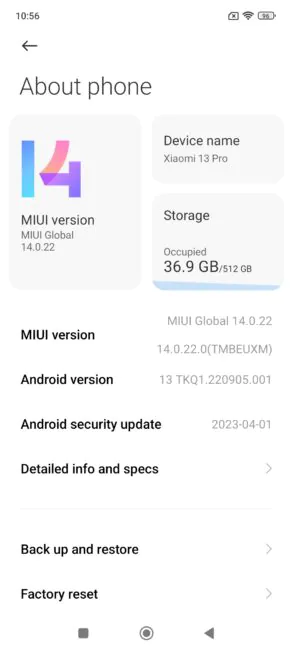


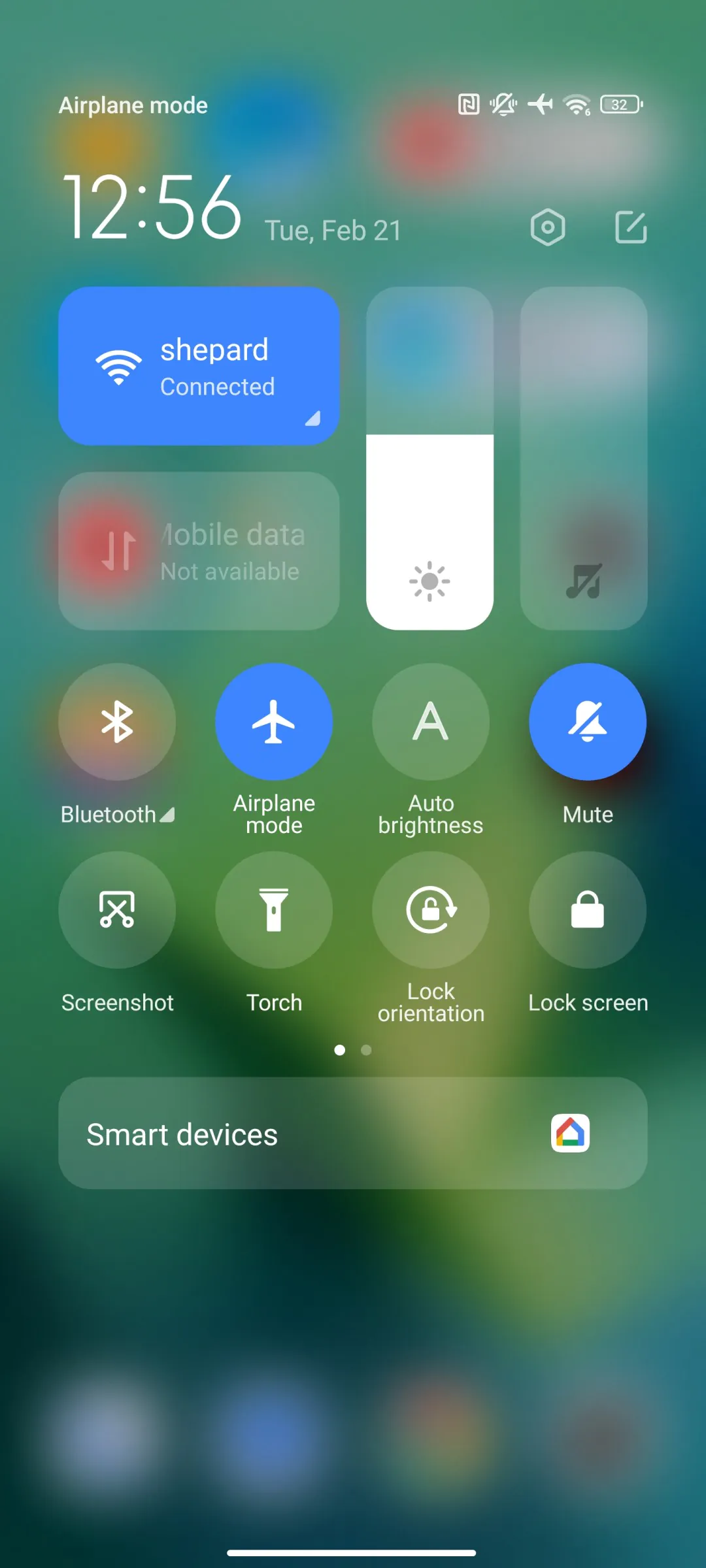
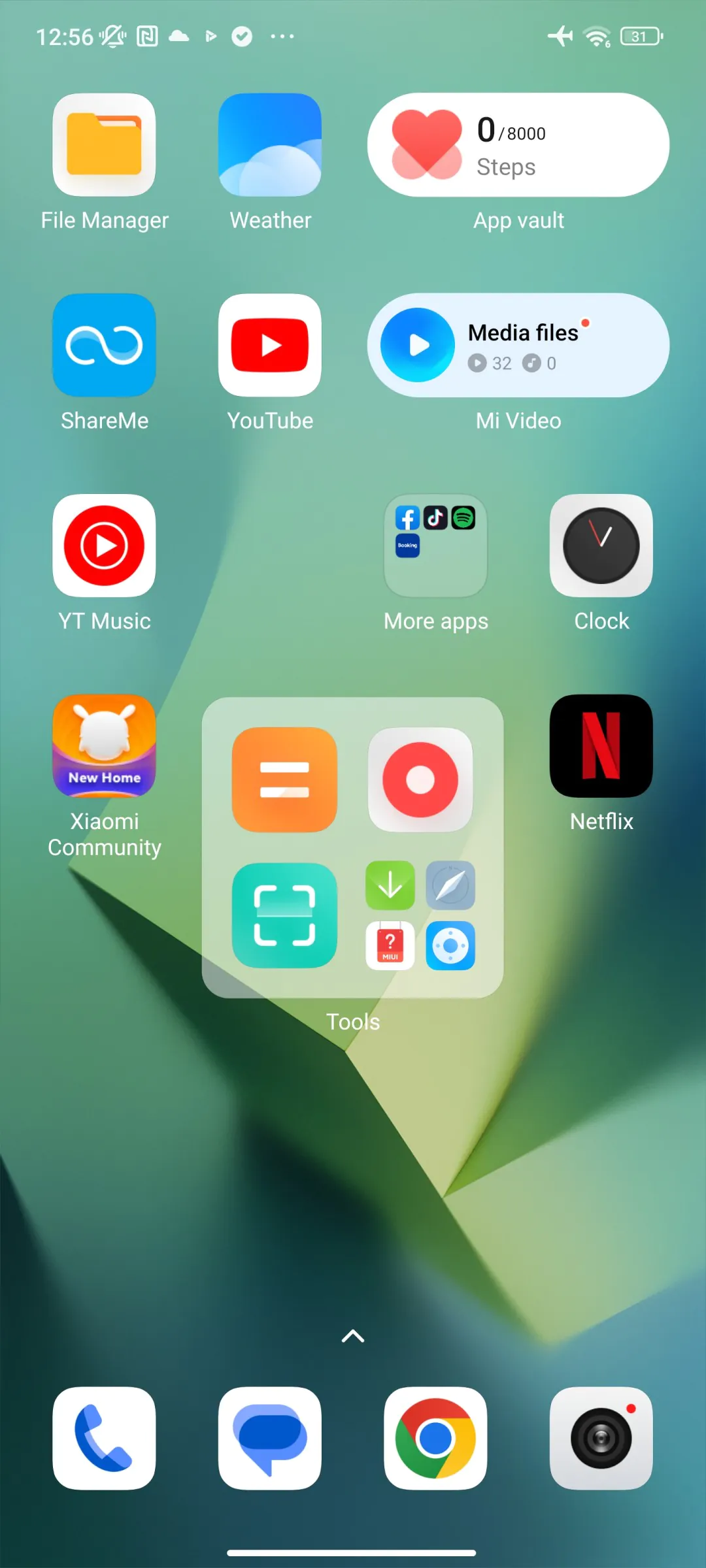
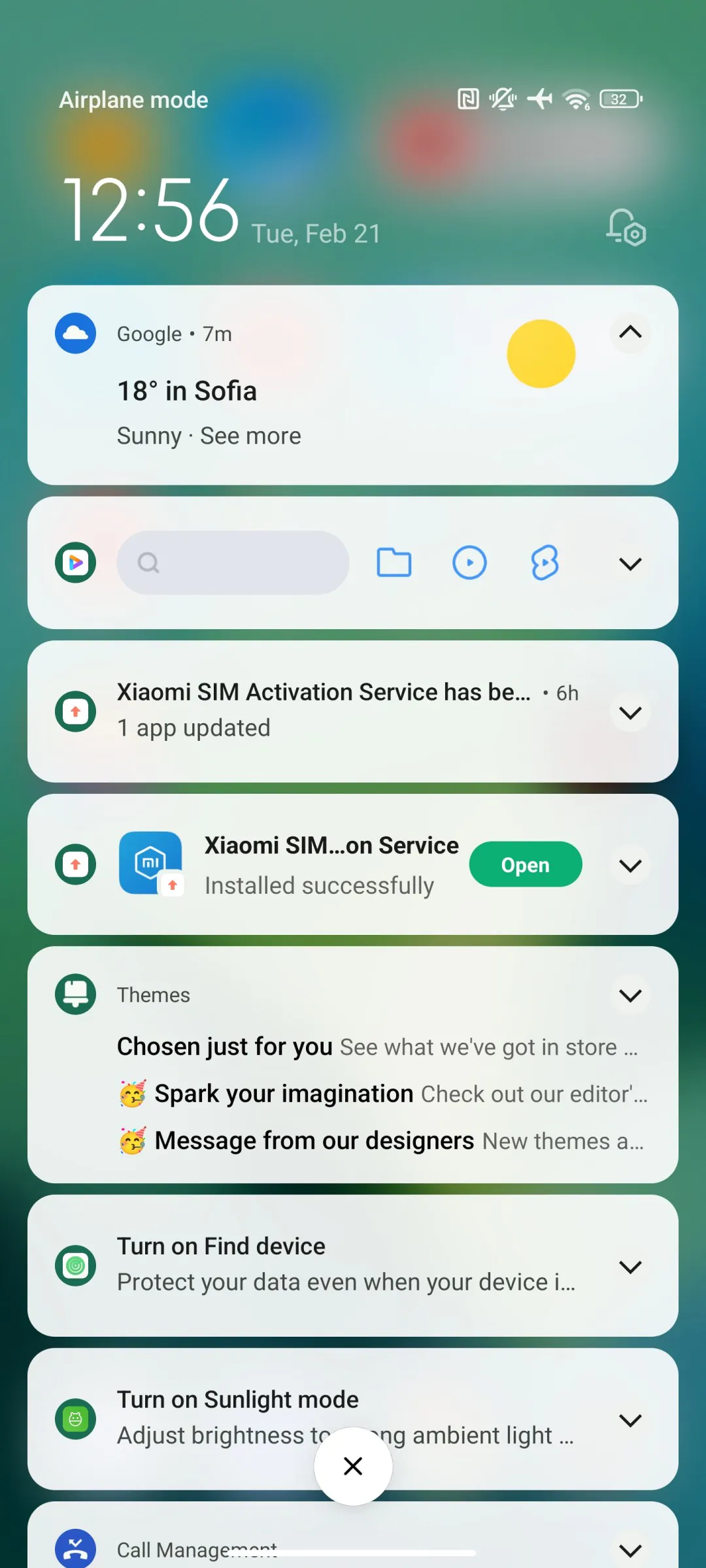


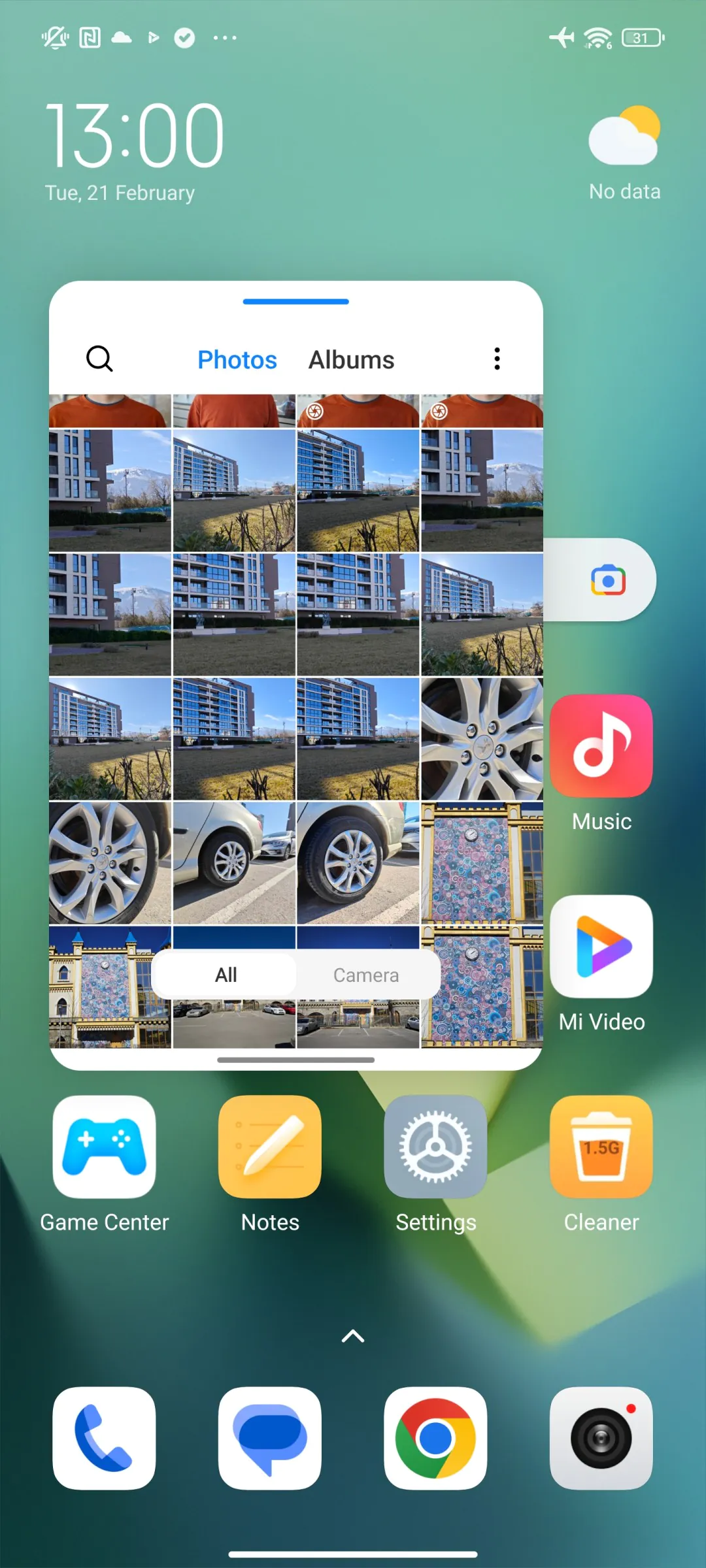
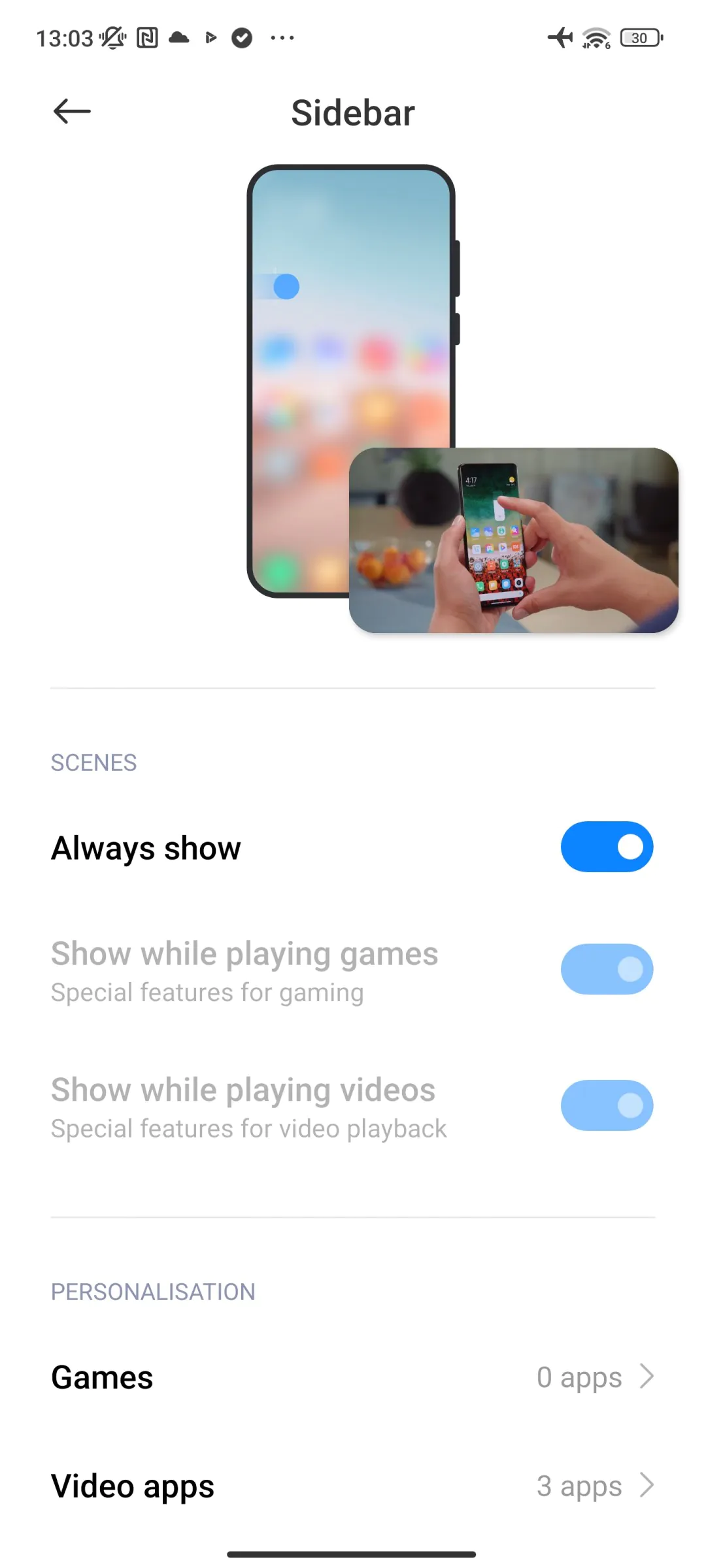


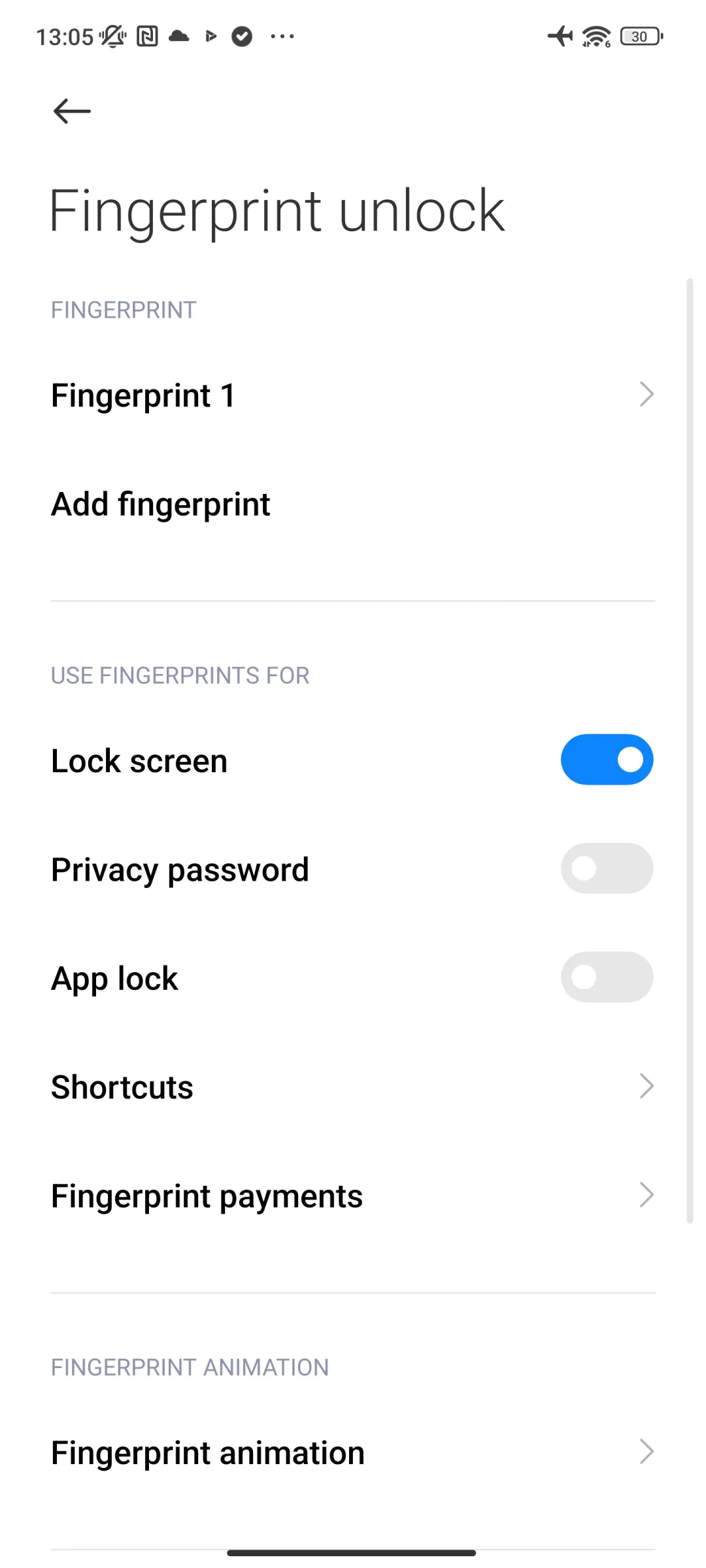







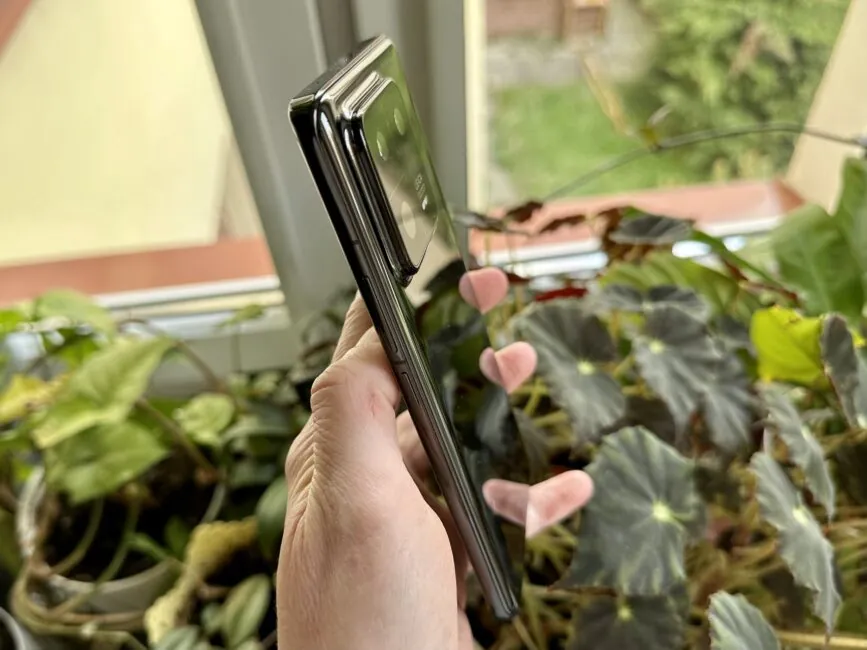

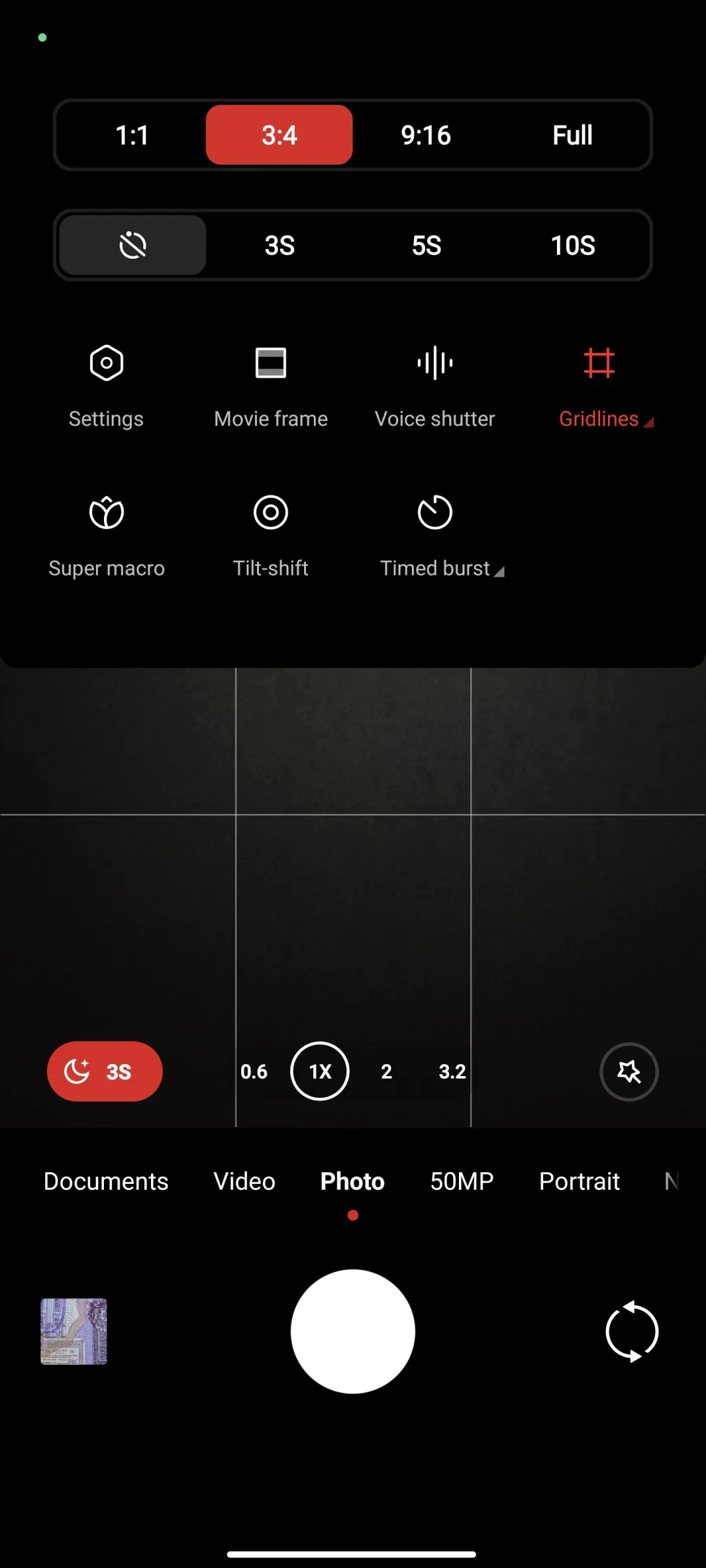
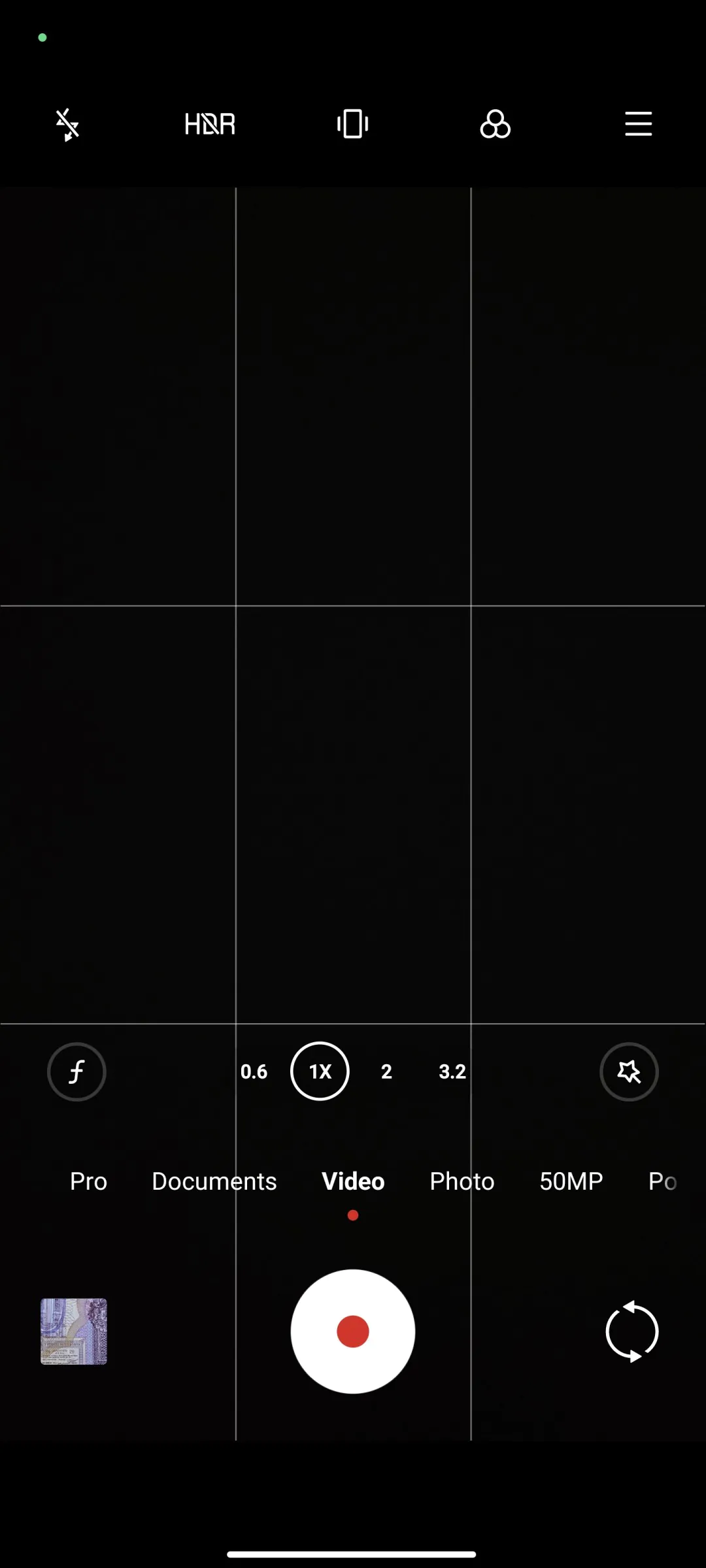




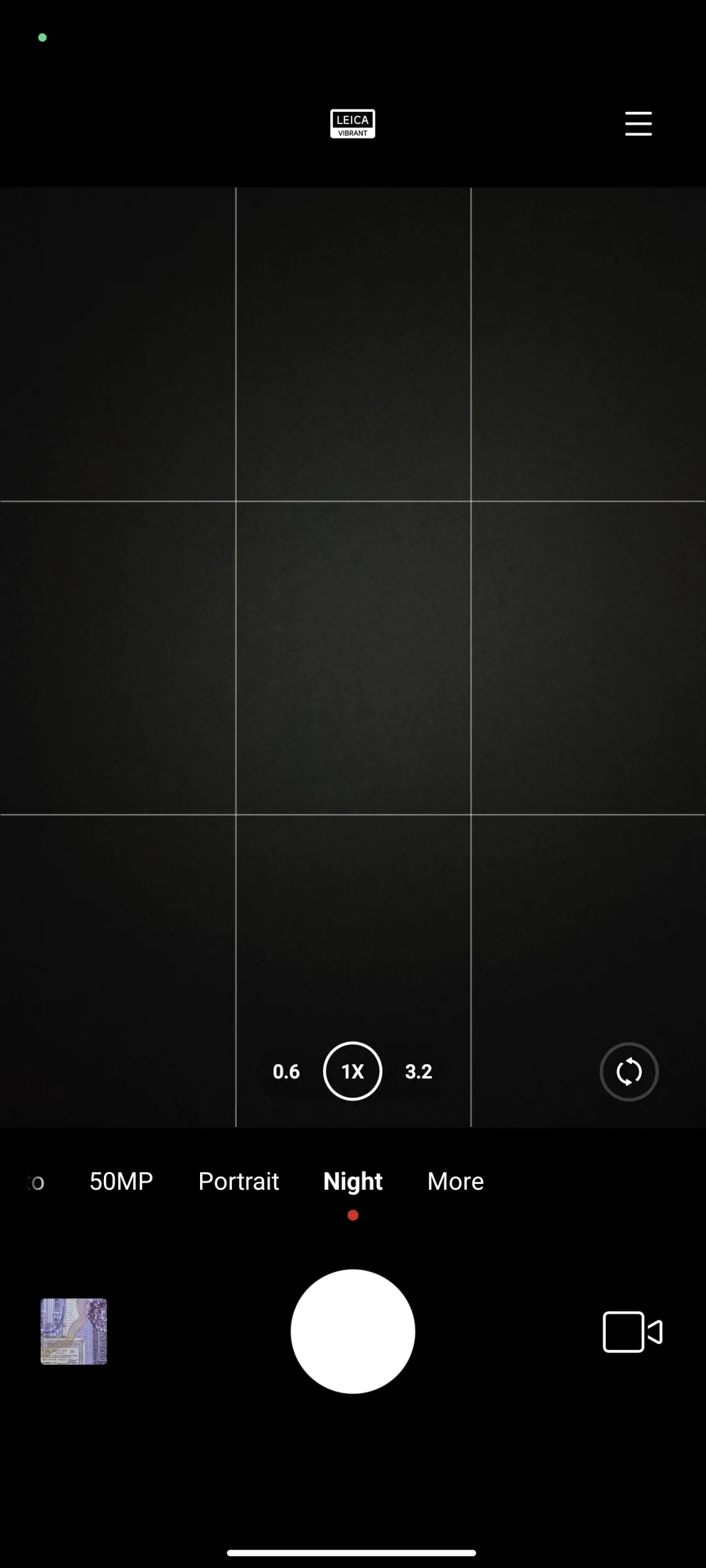


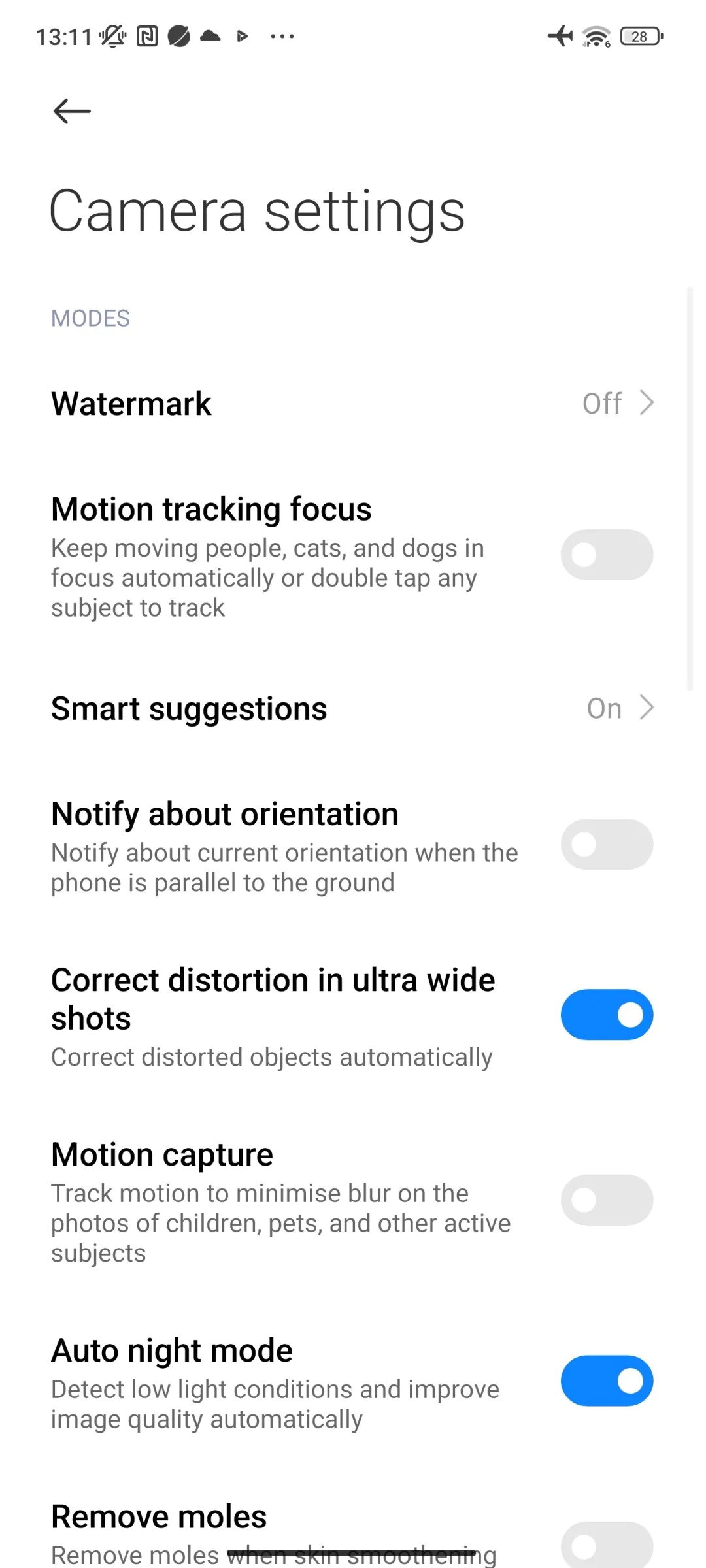
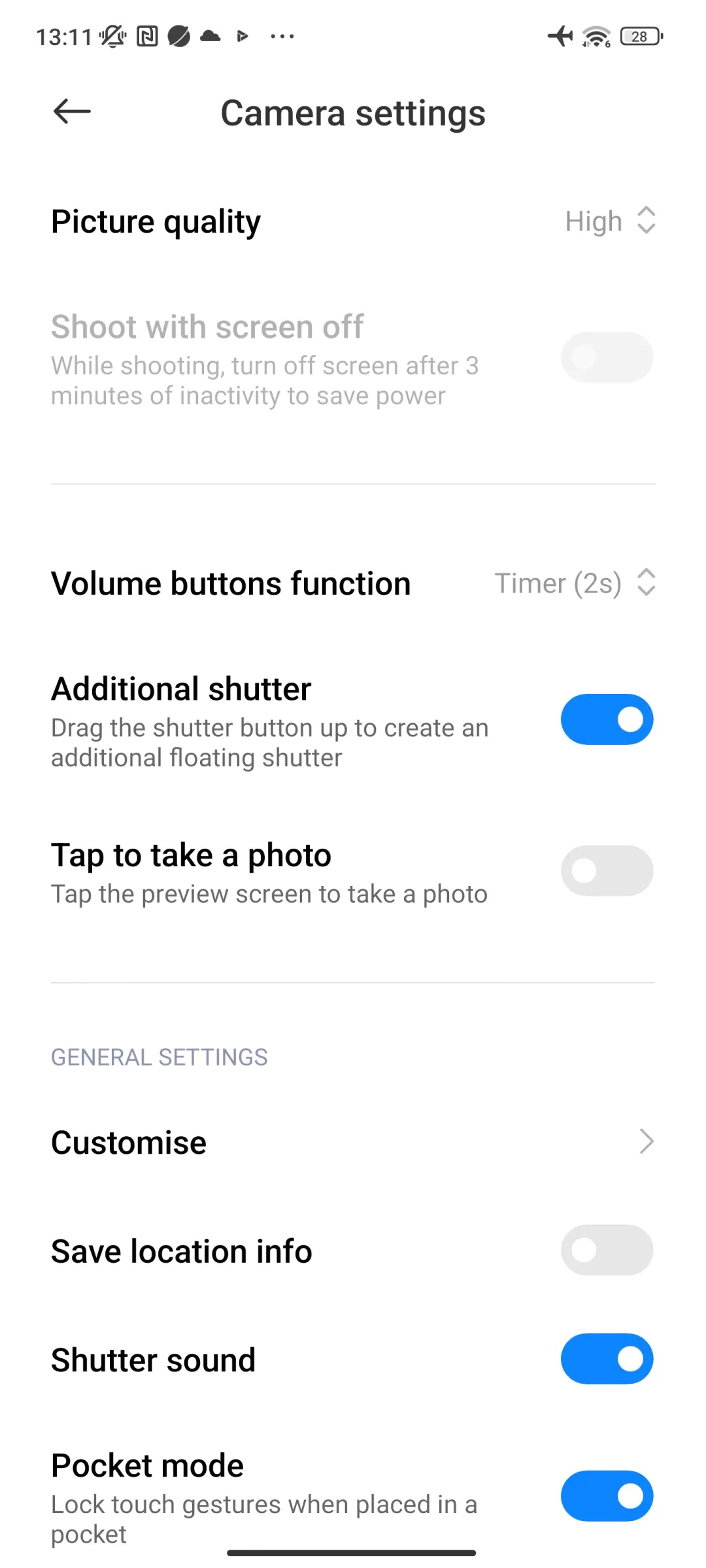
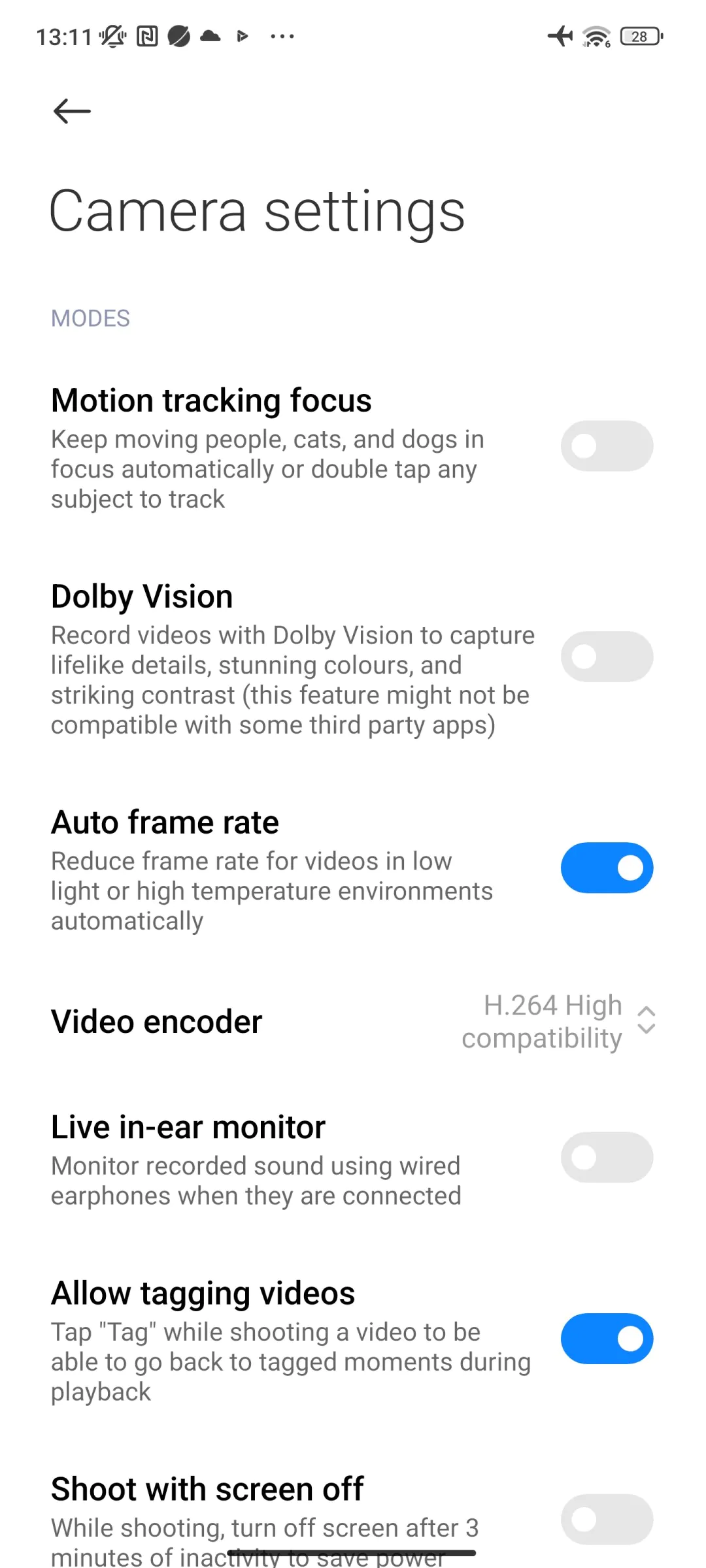
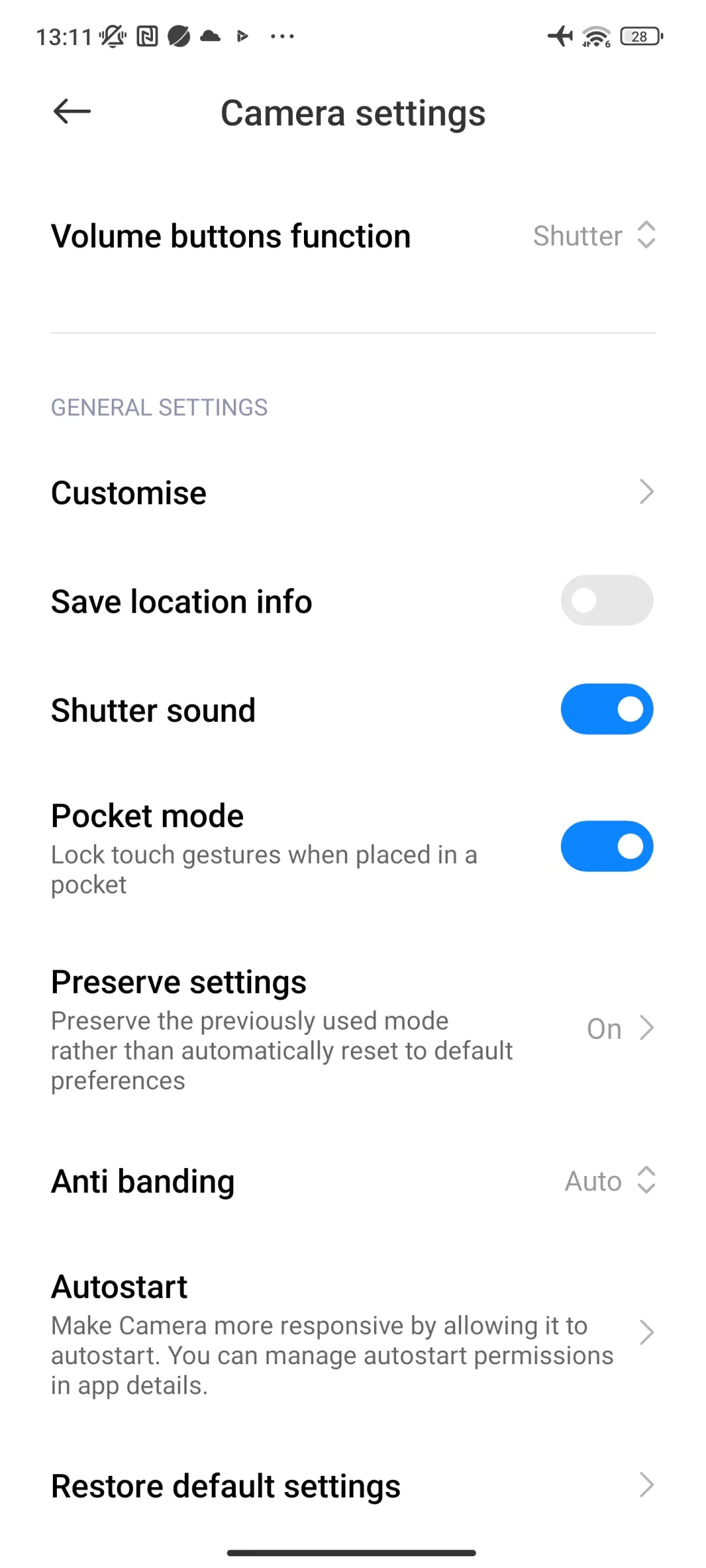











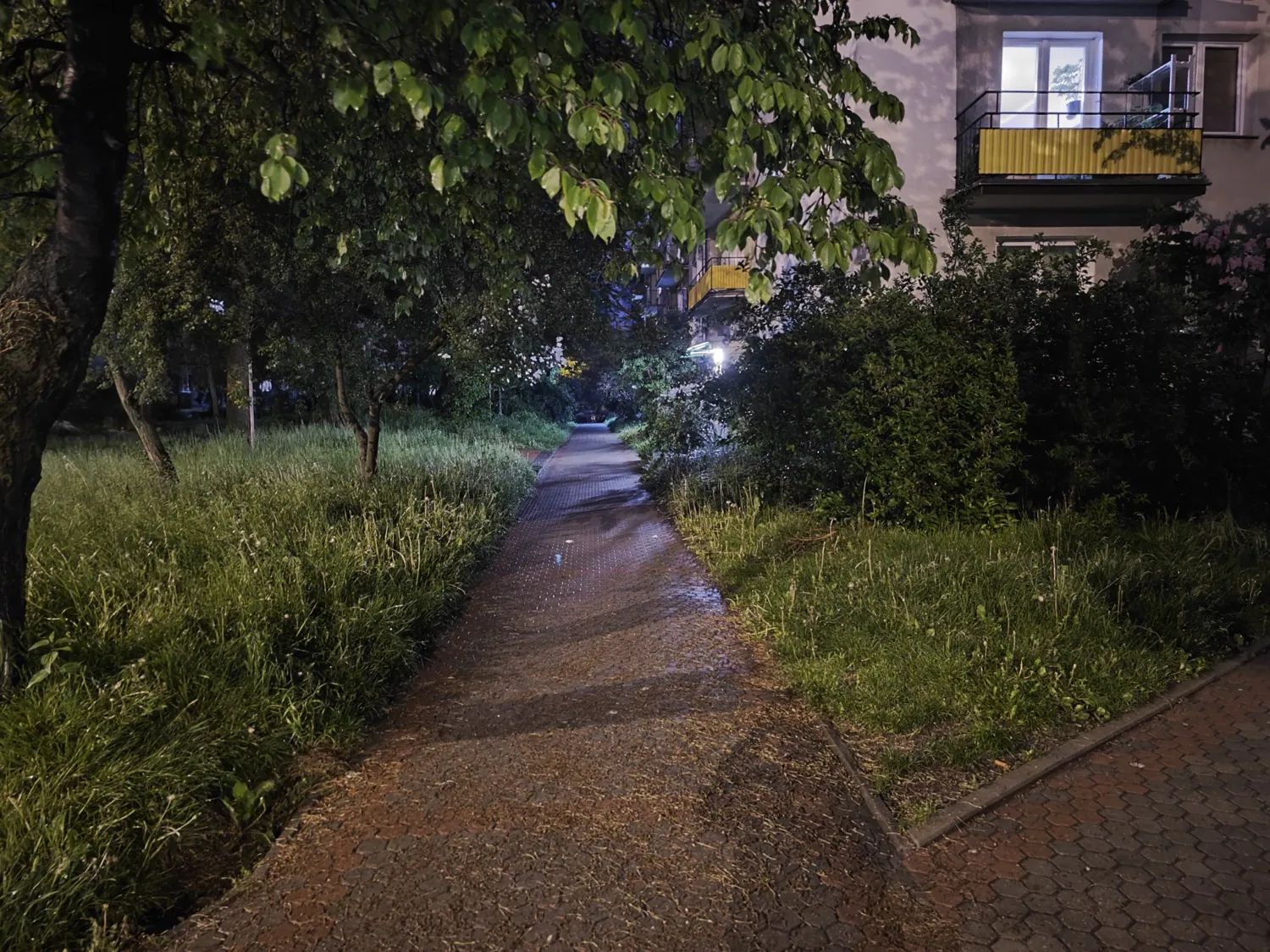





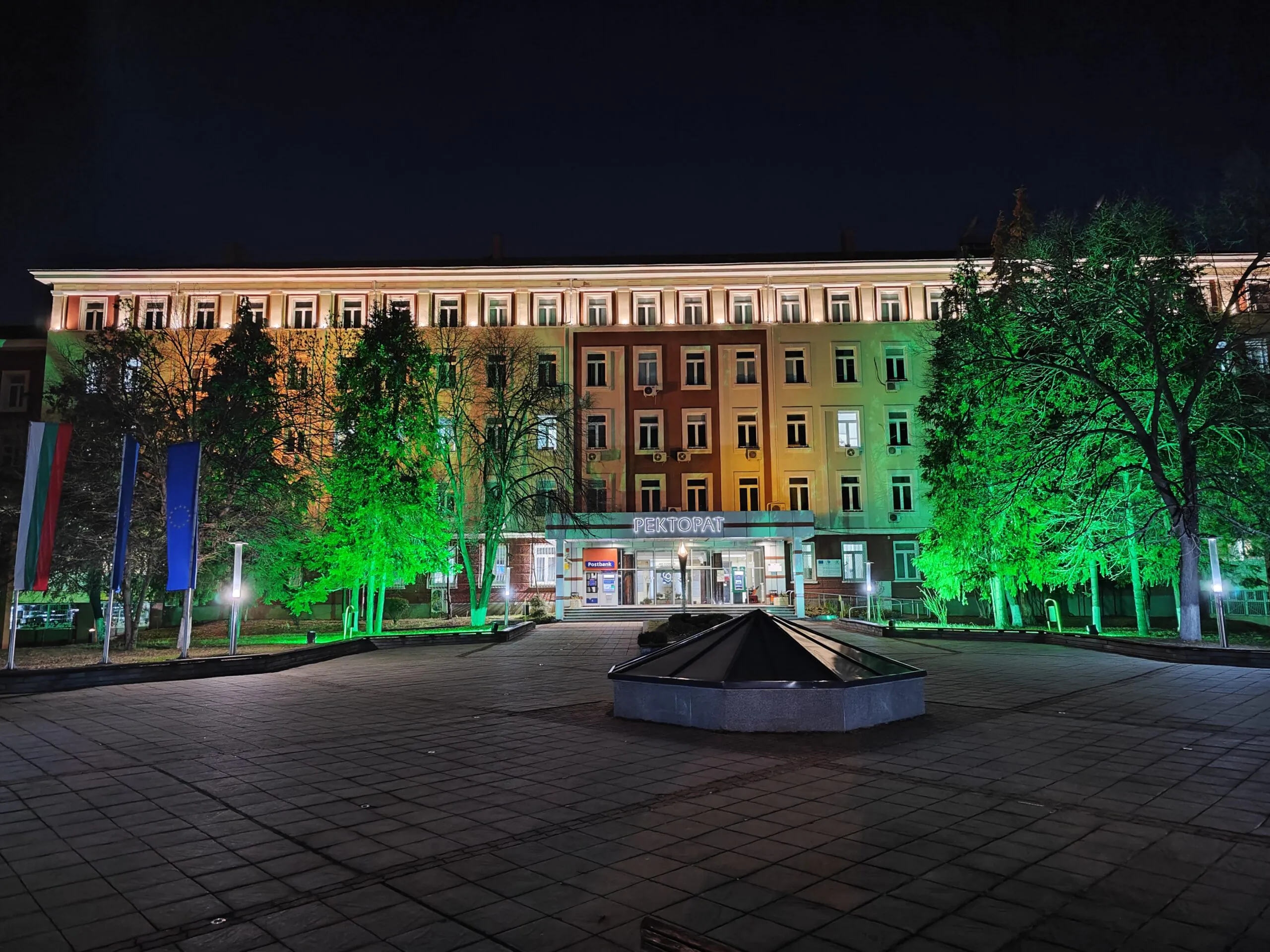


























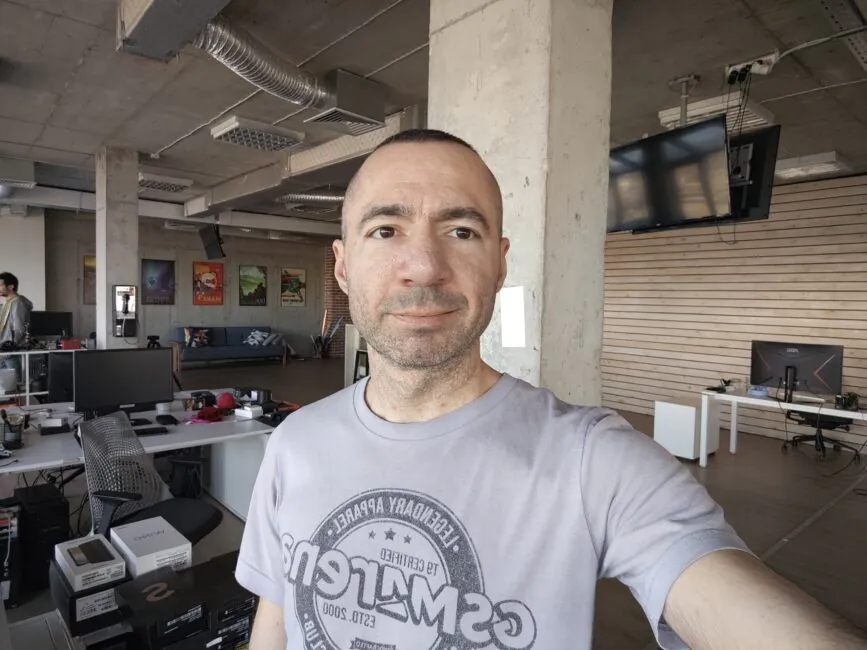





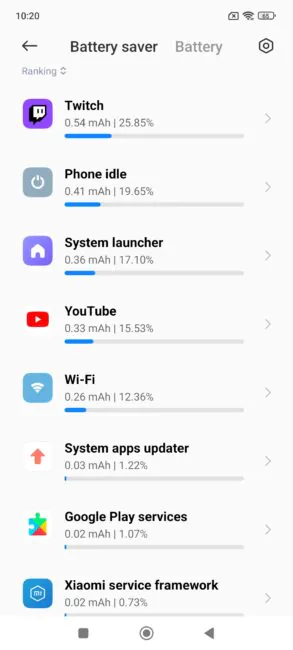

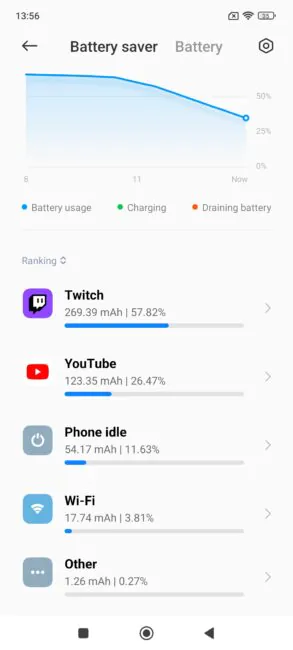
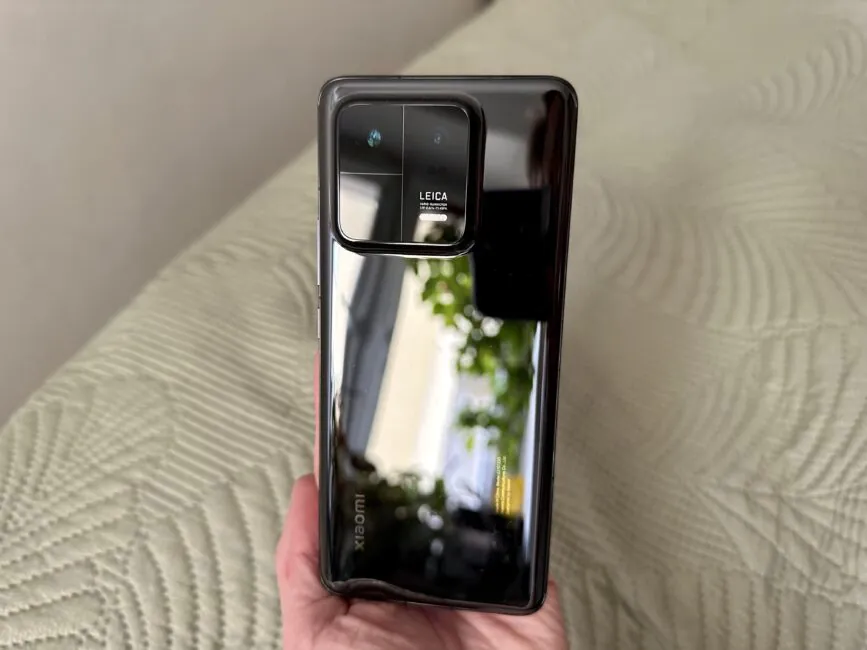
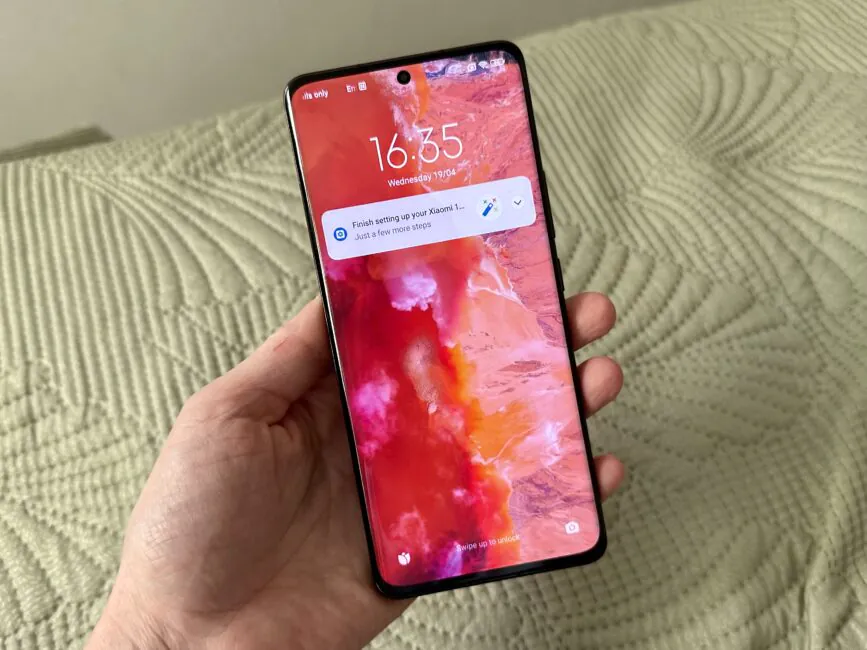
Review by someone who is the perfect specimen of “a dumb f*ck”
Such an apple shin that says the box cannot be admired for the accessories it packs.
Apple saving it’s blood money cutting corners but paying these baffoons to mask it’s aura.
As a former fan of Xiaomi and Apple despiser I will say – review is right on spot, company lost it’s mojo since 11 series and makes overpriced fanservice since. Which is not very fancy for anyone else.
Wanna buy Xiaomi – go on, who cares. Or buy a Samsung/Vivo/OnePlus. Or just buy a fire extinguisher for ya red hot burnin’ asshole, dumdum.